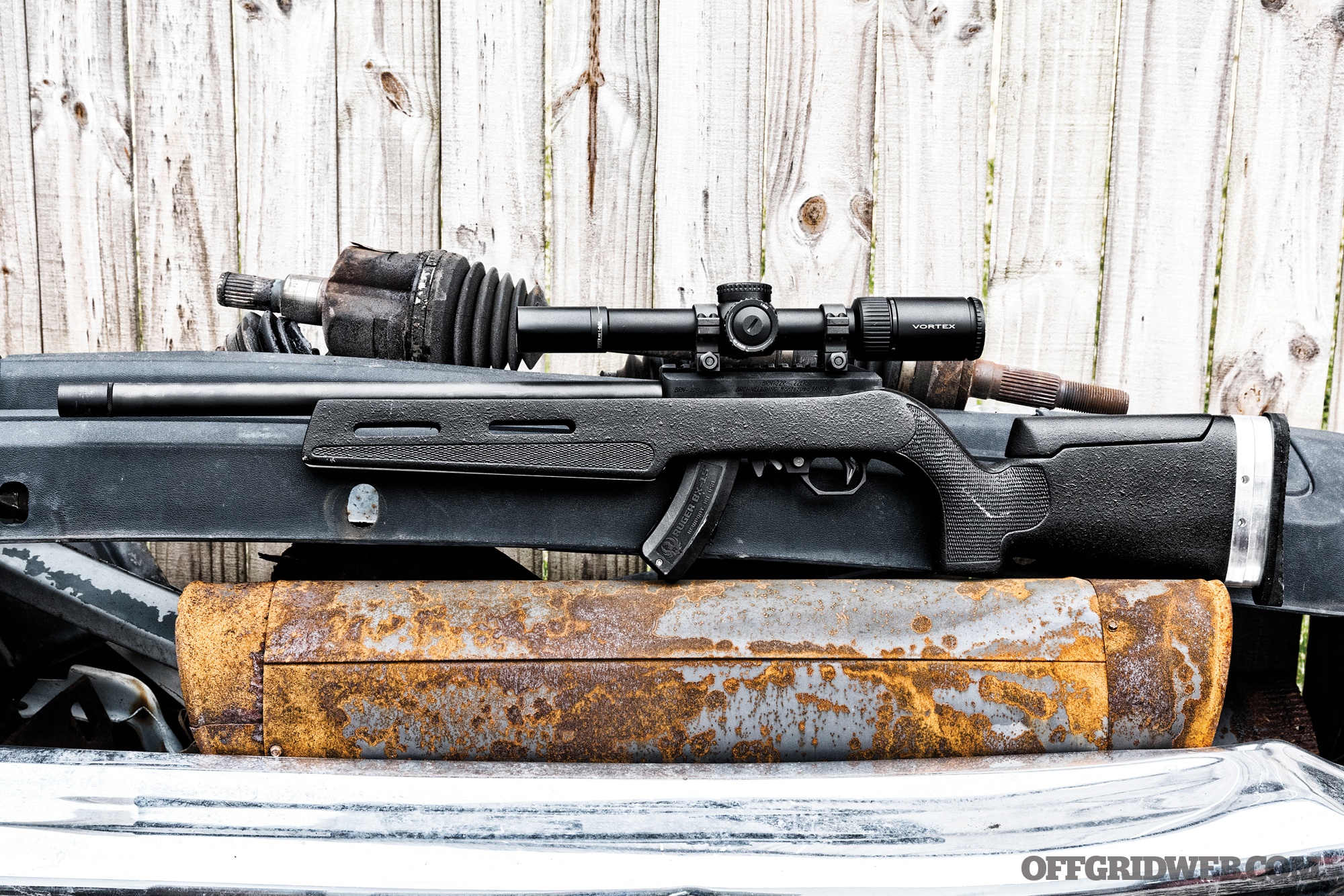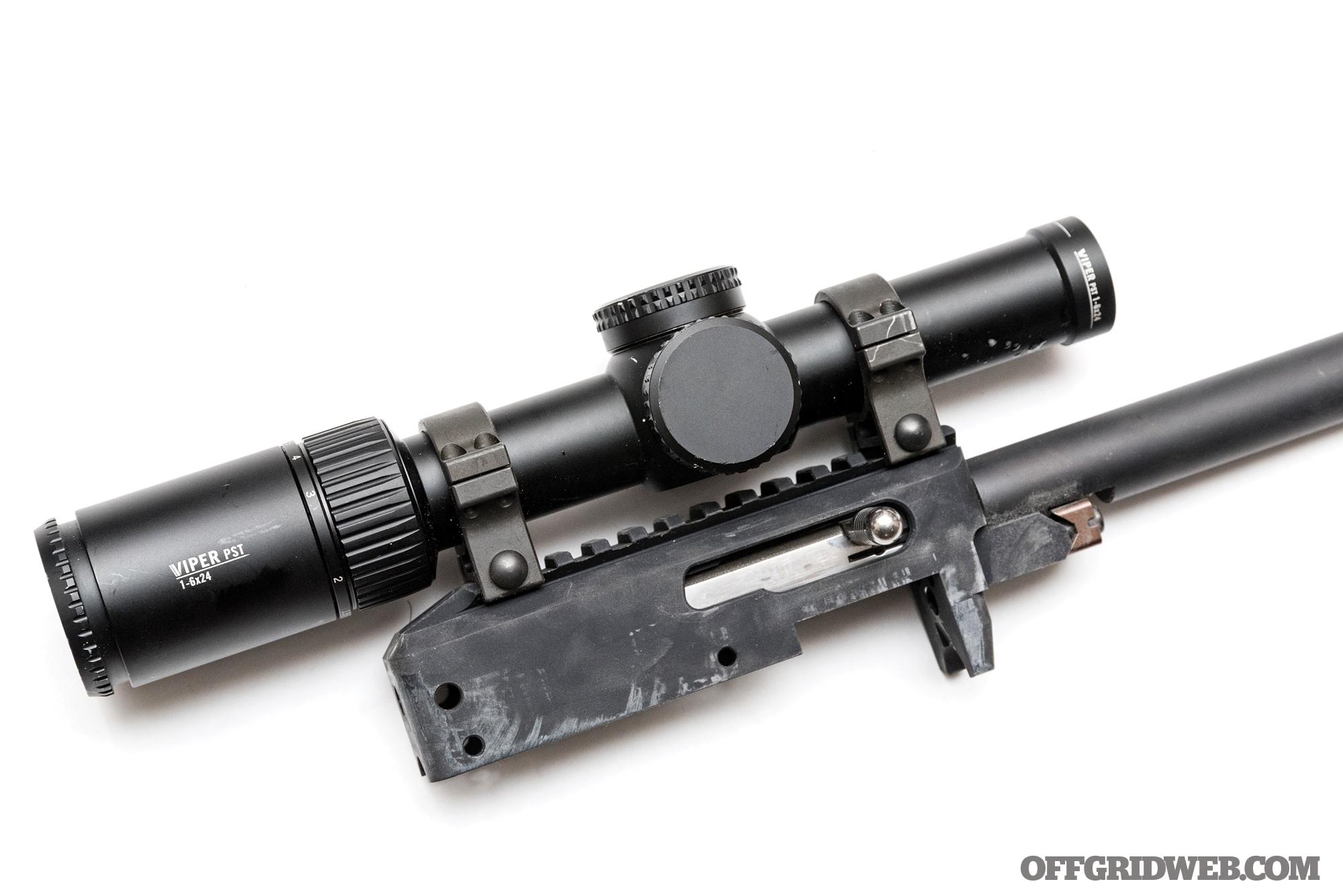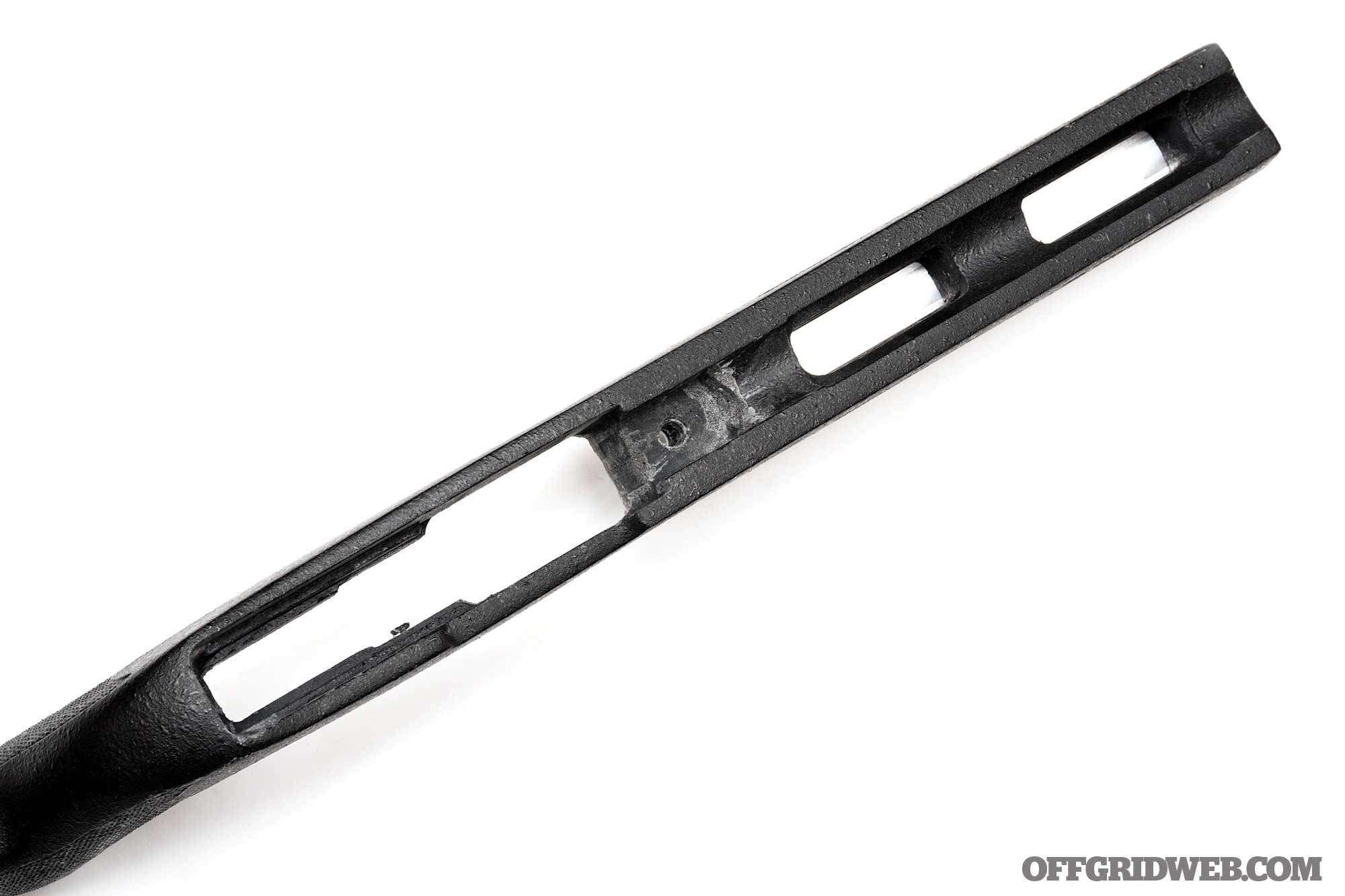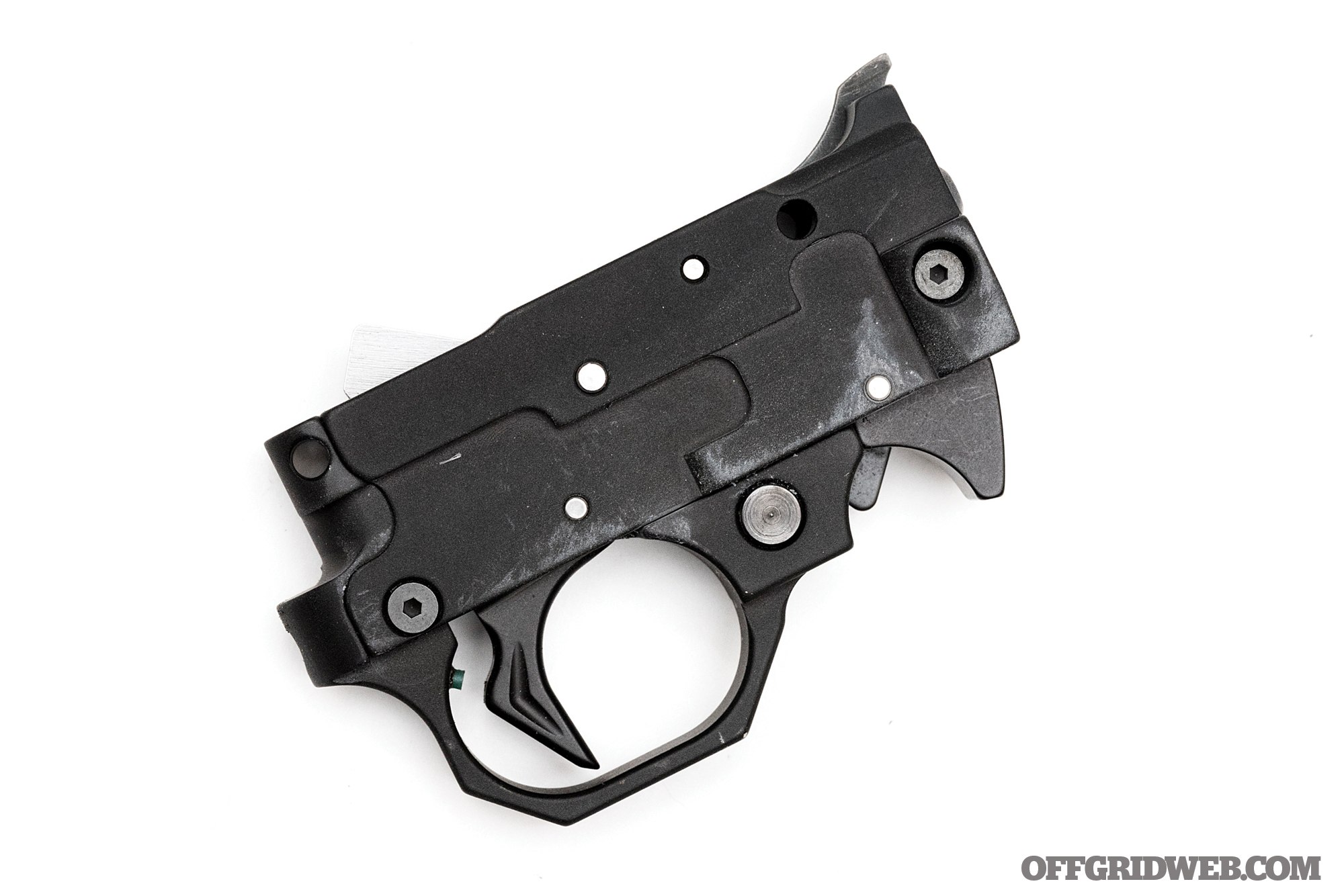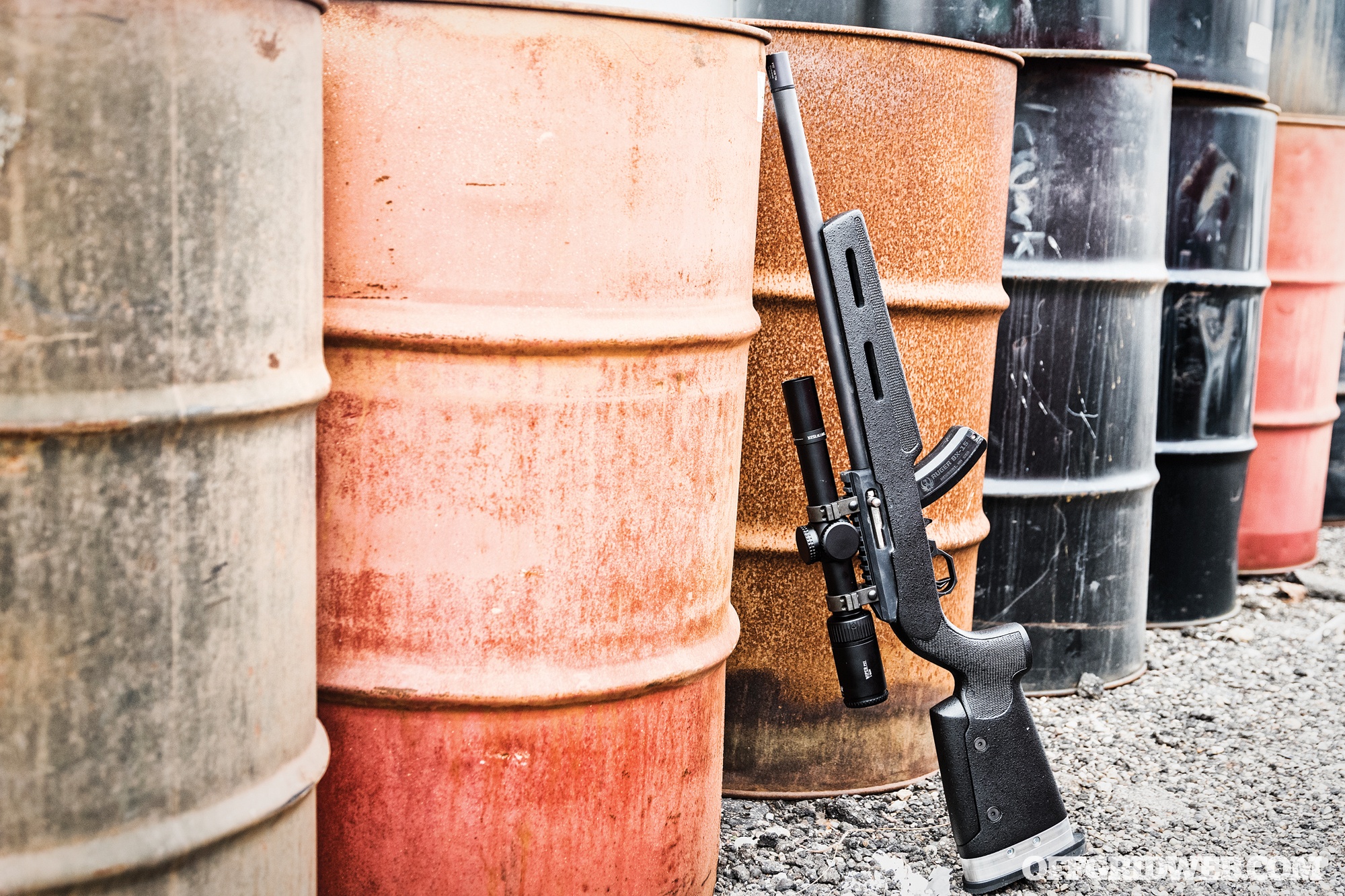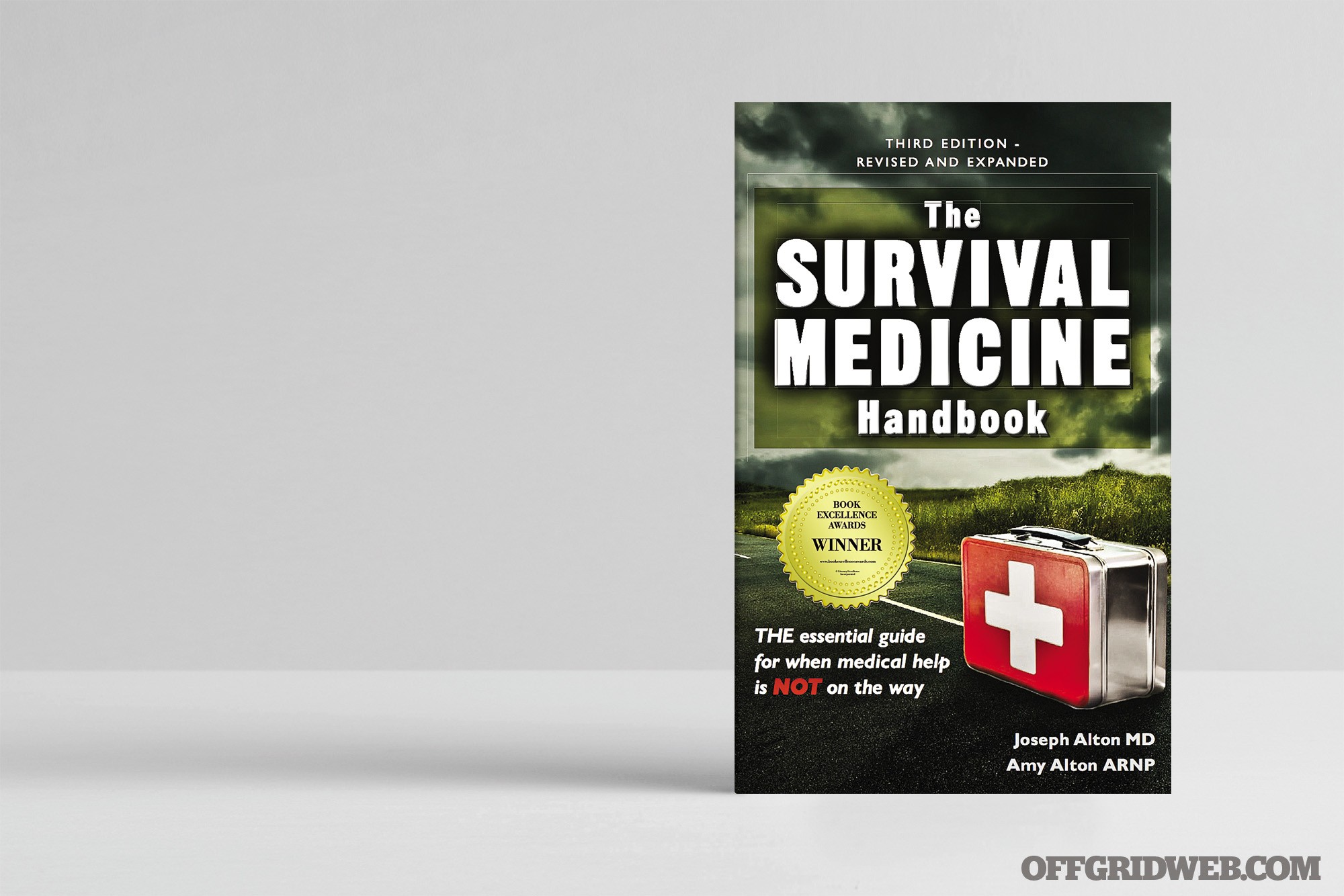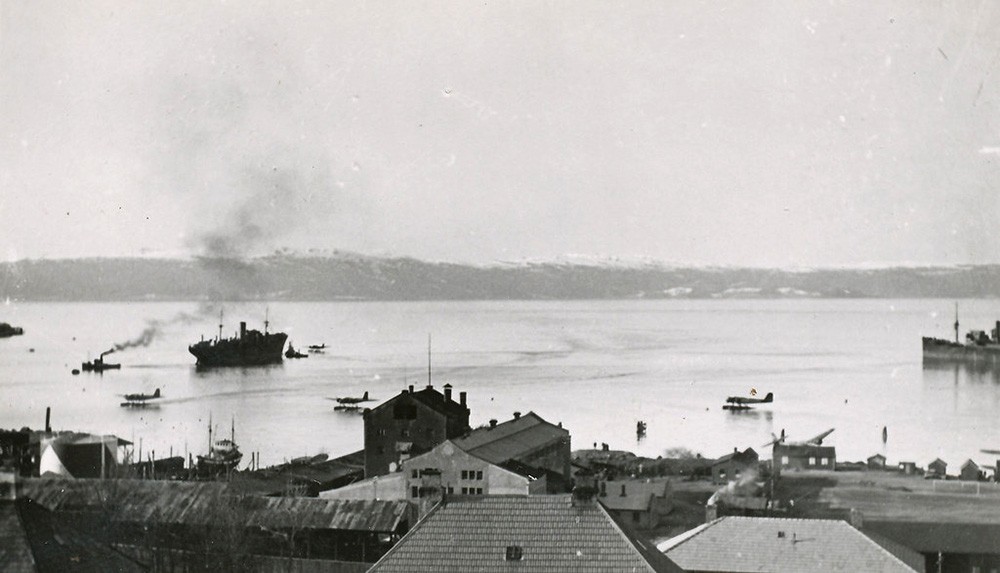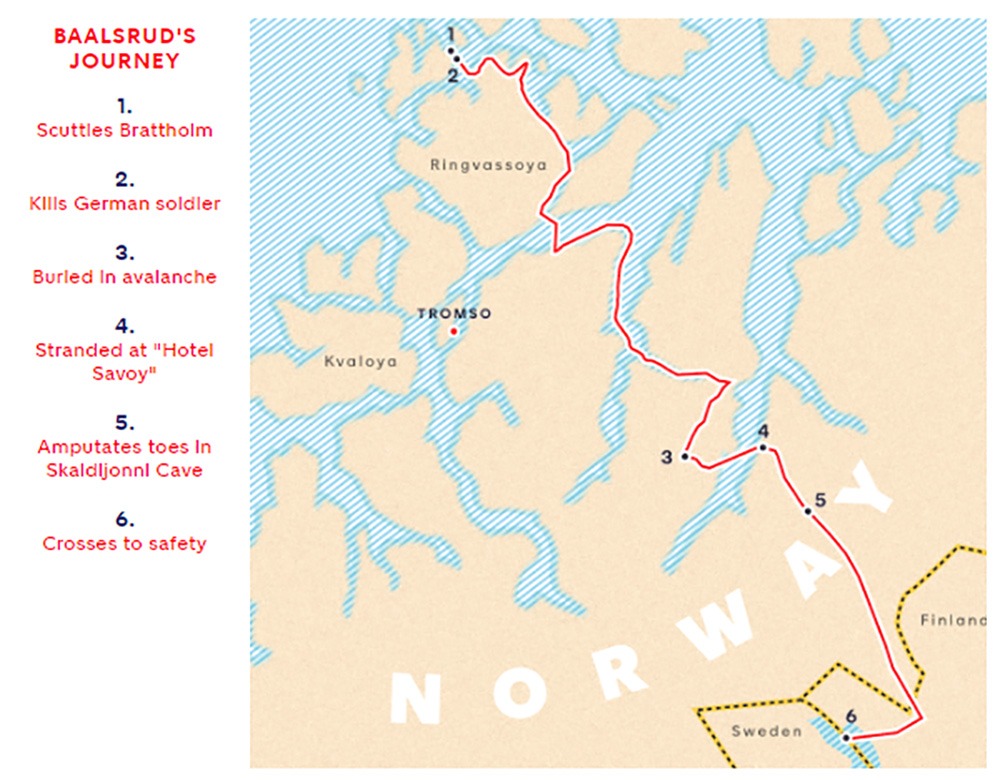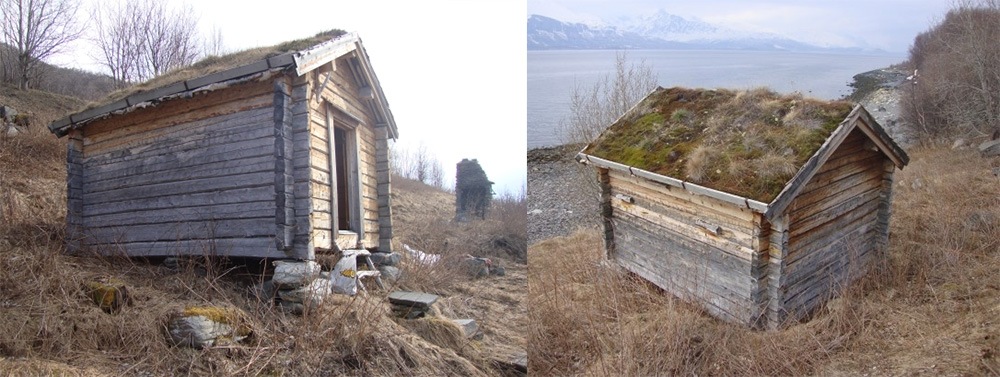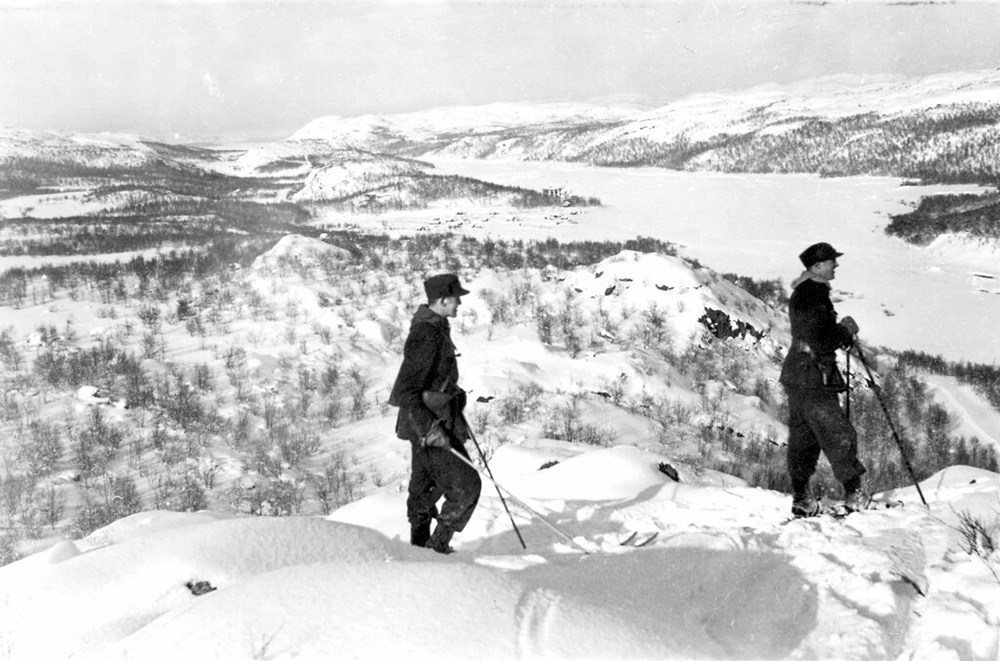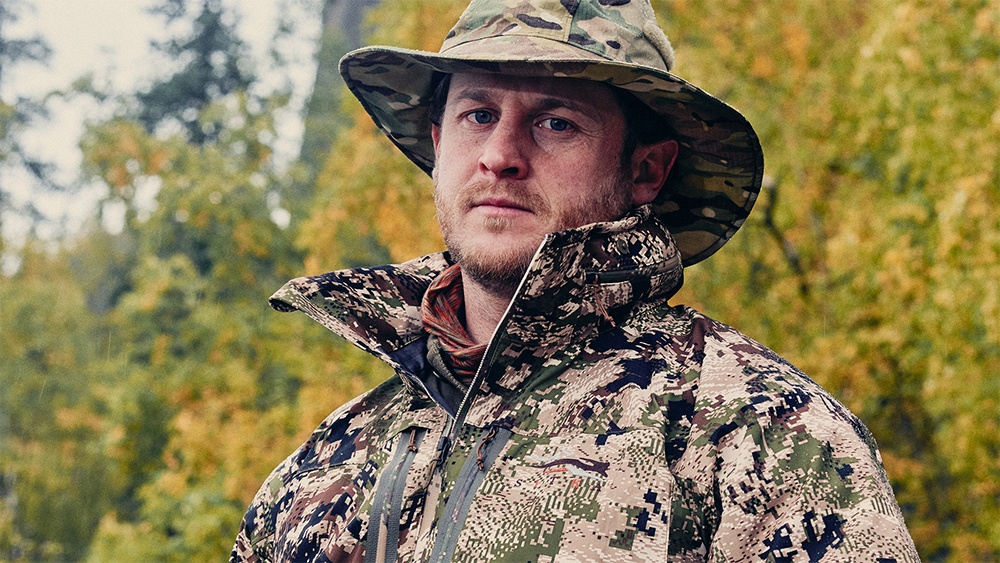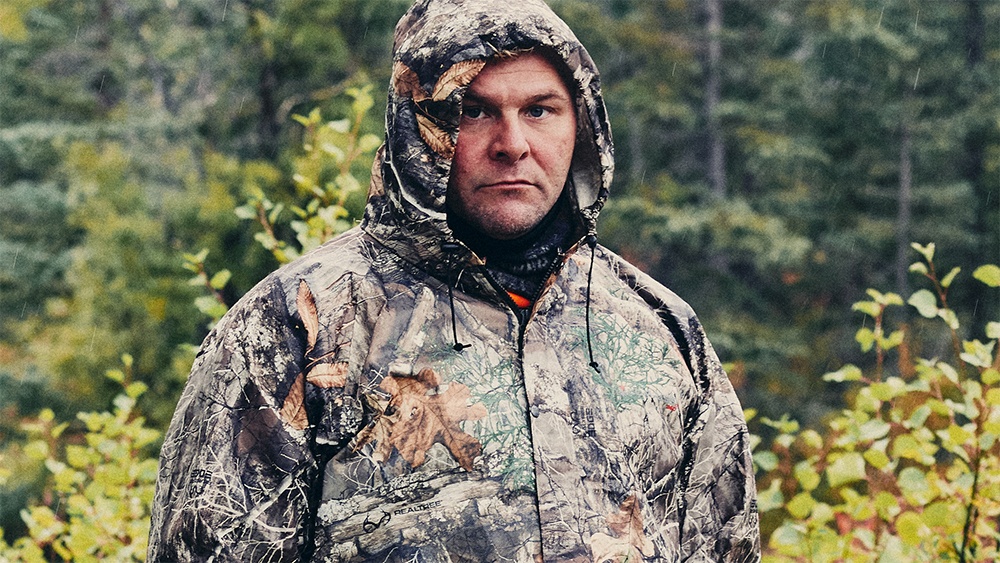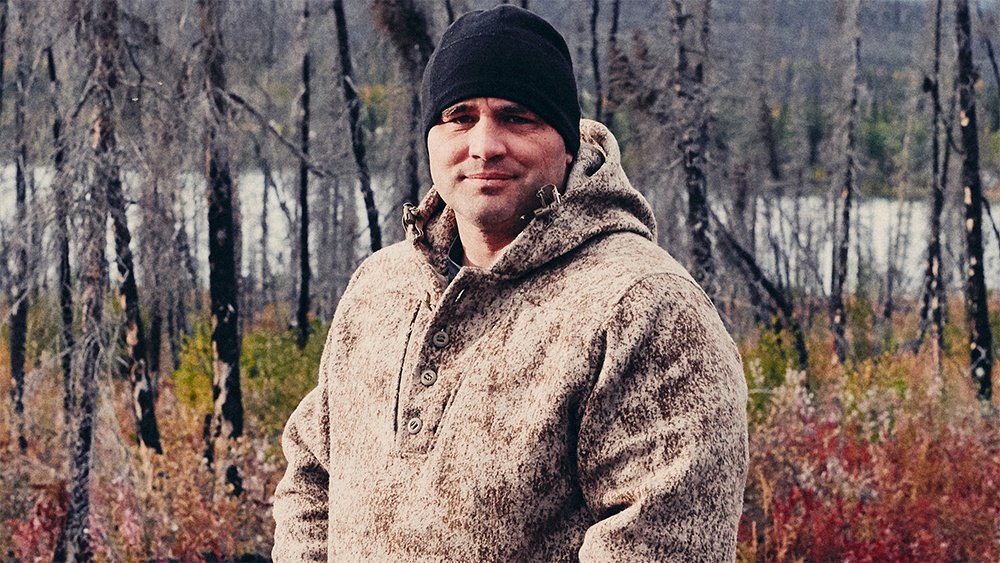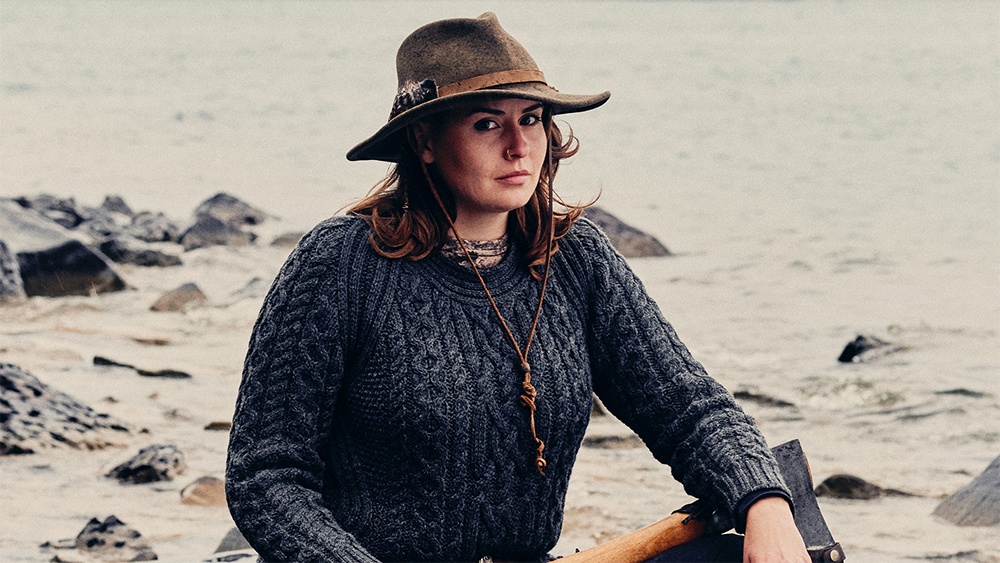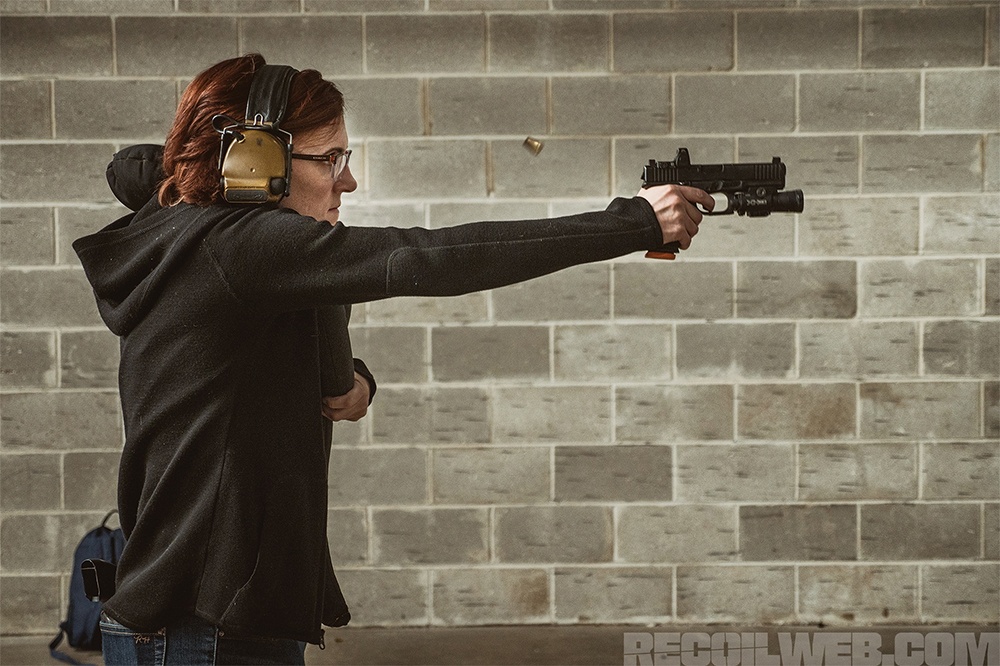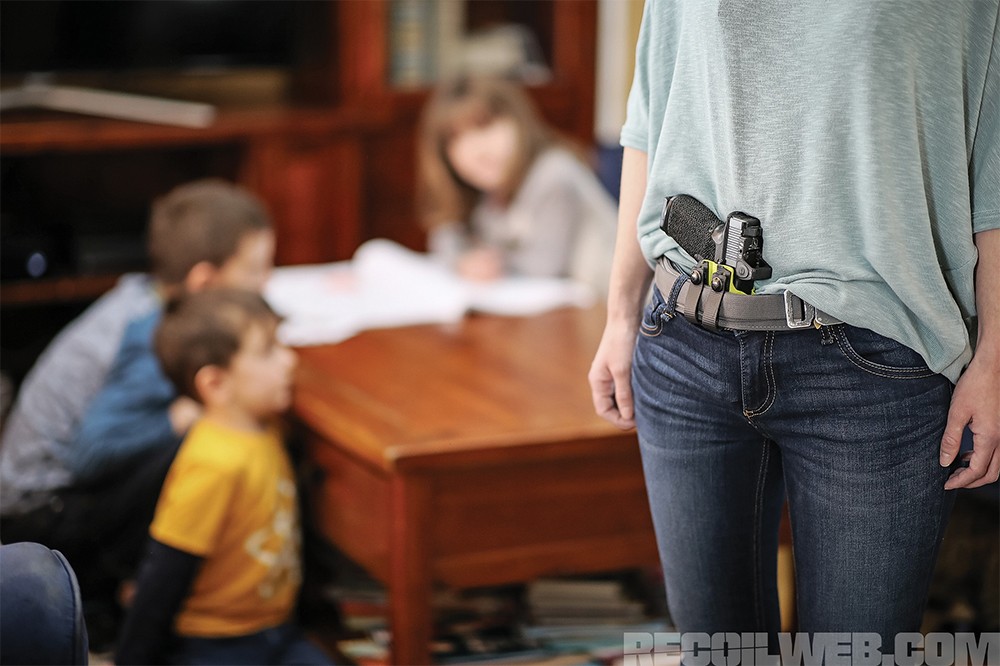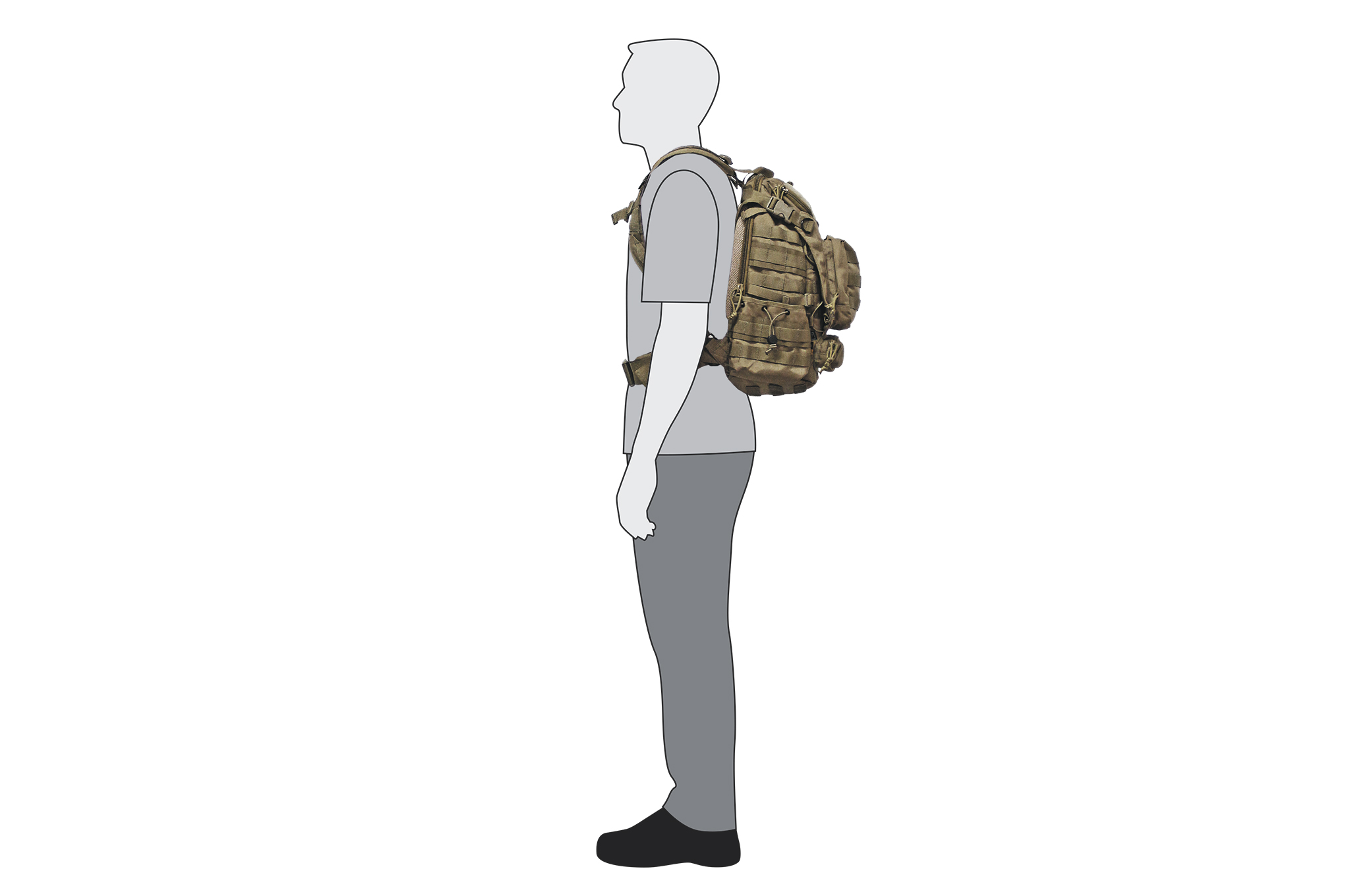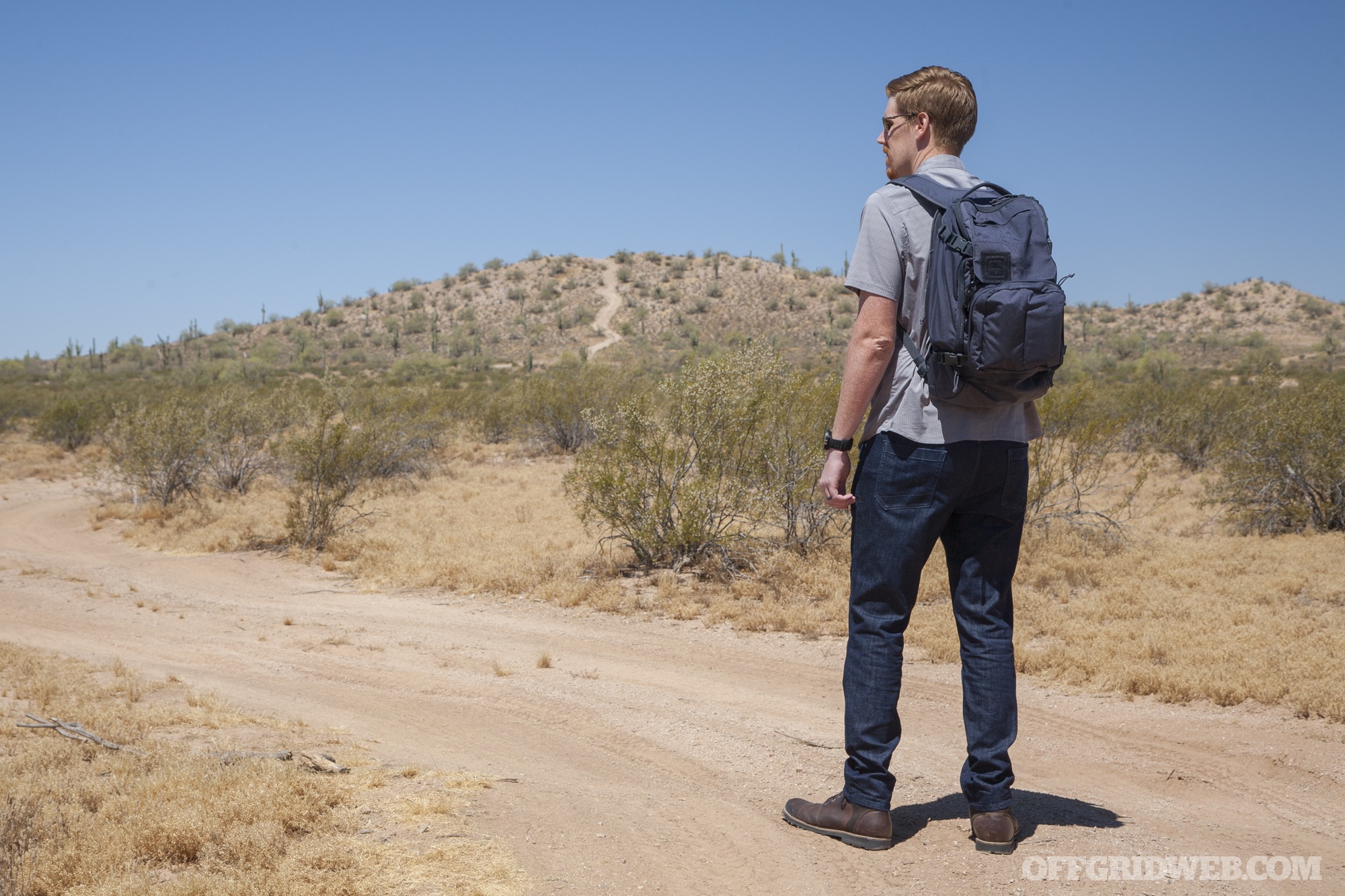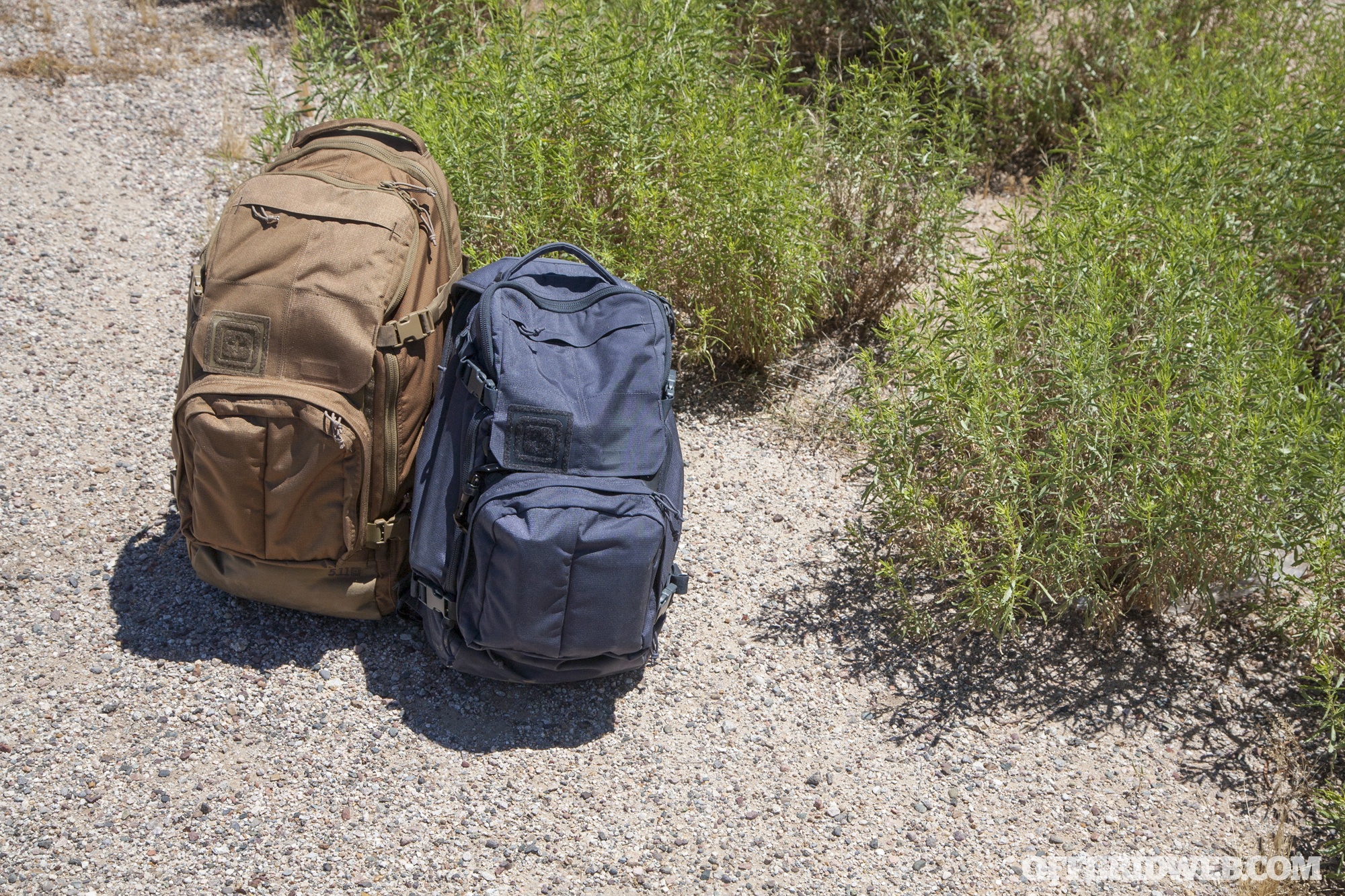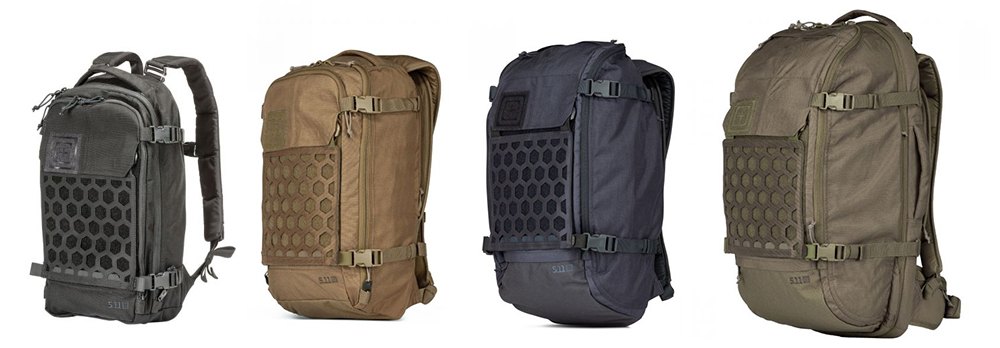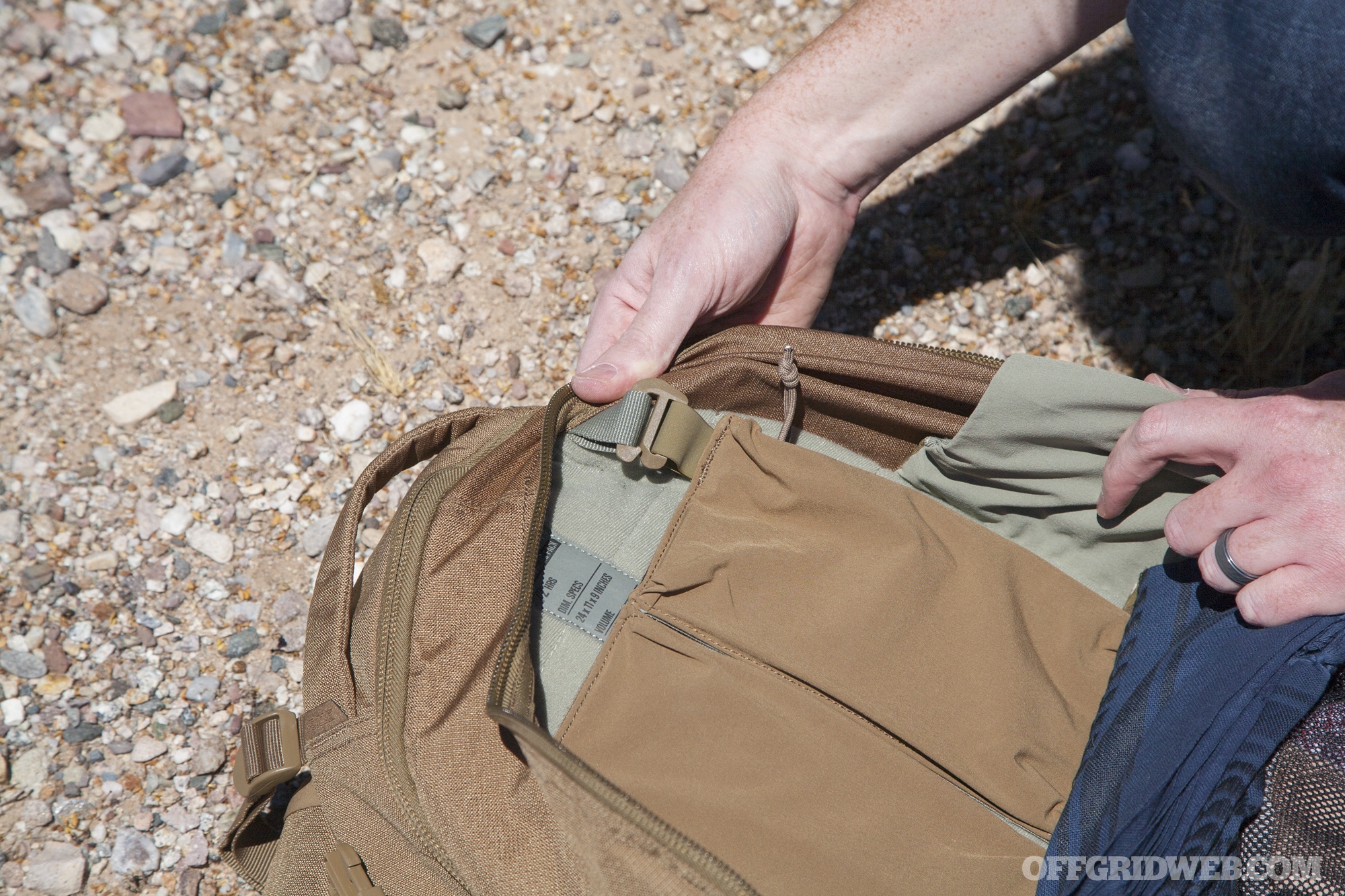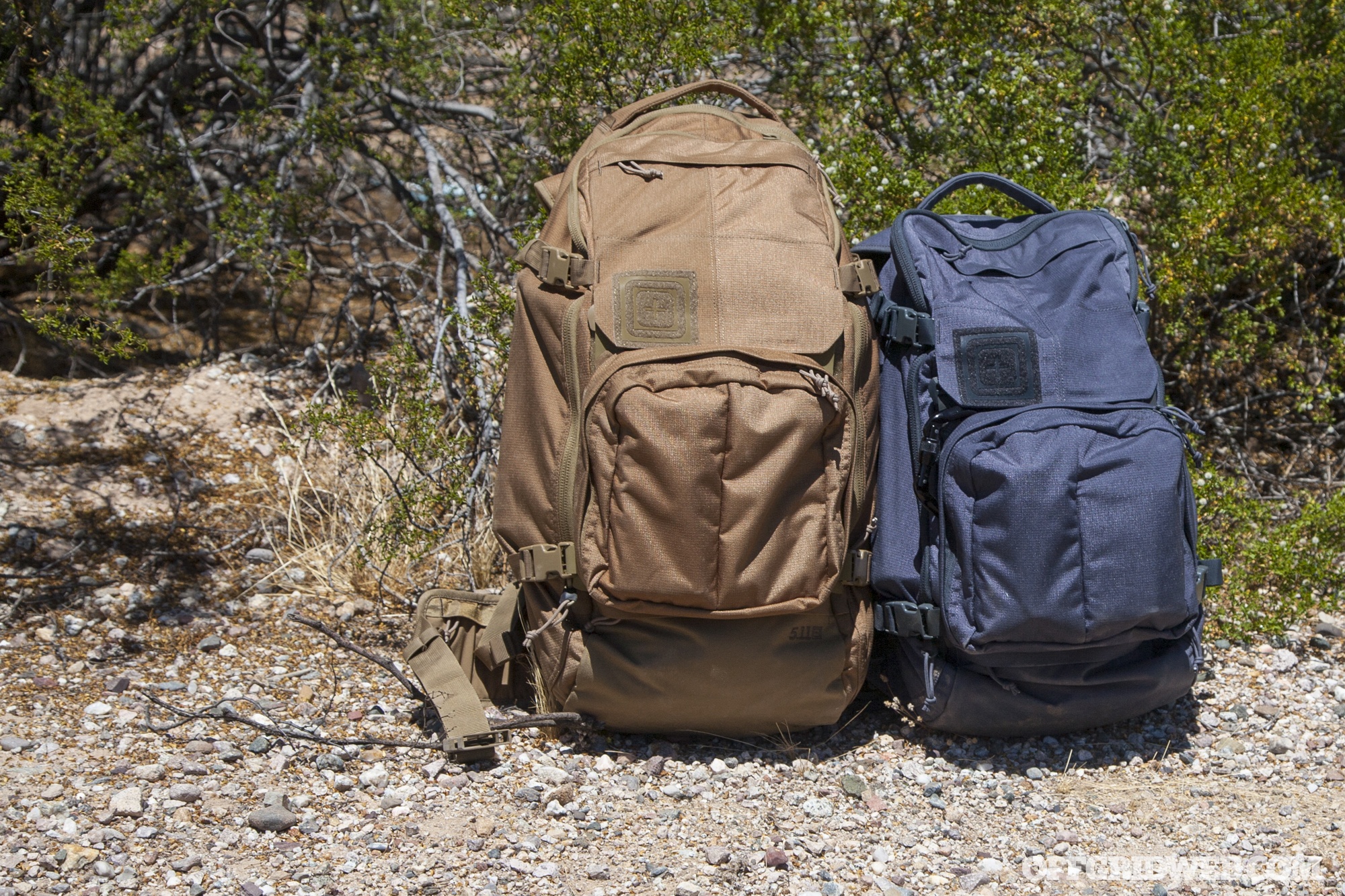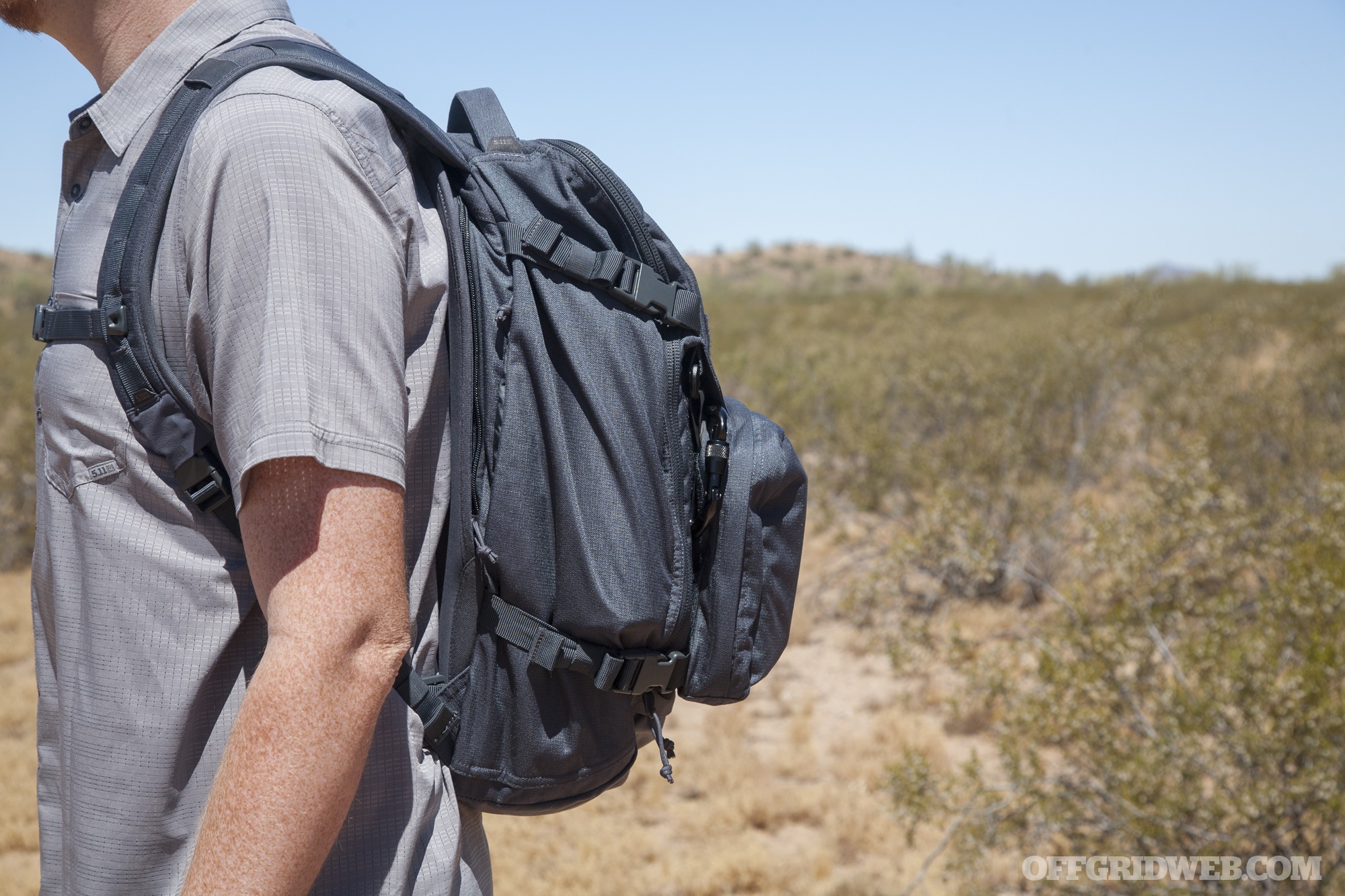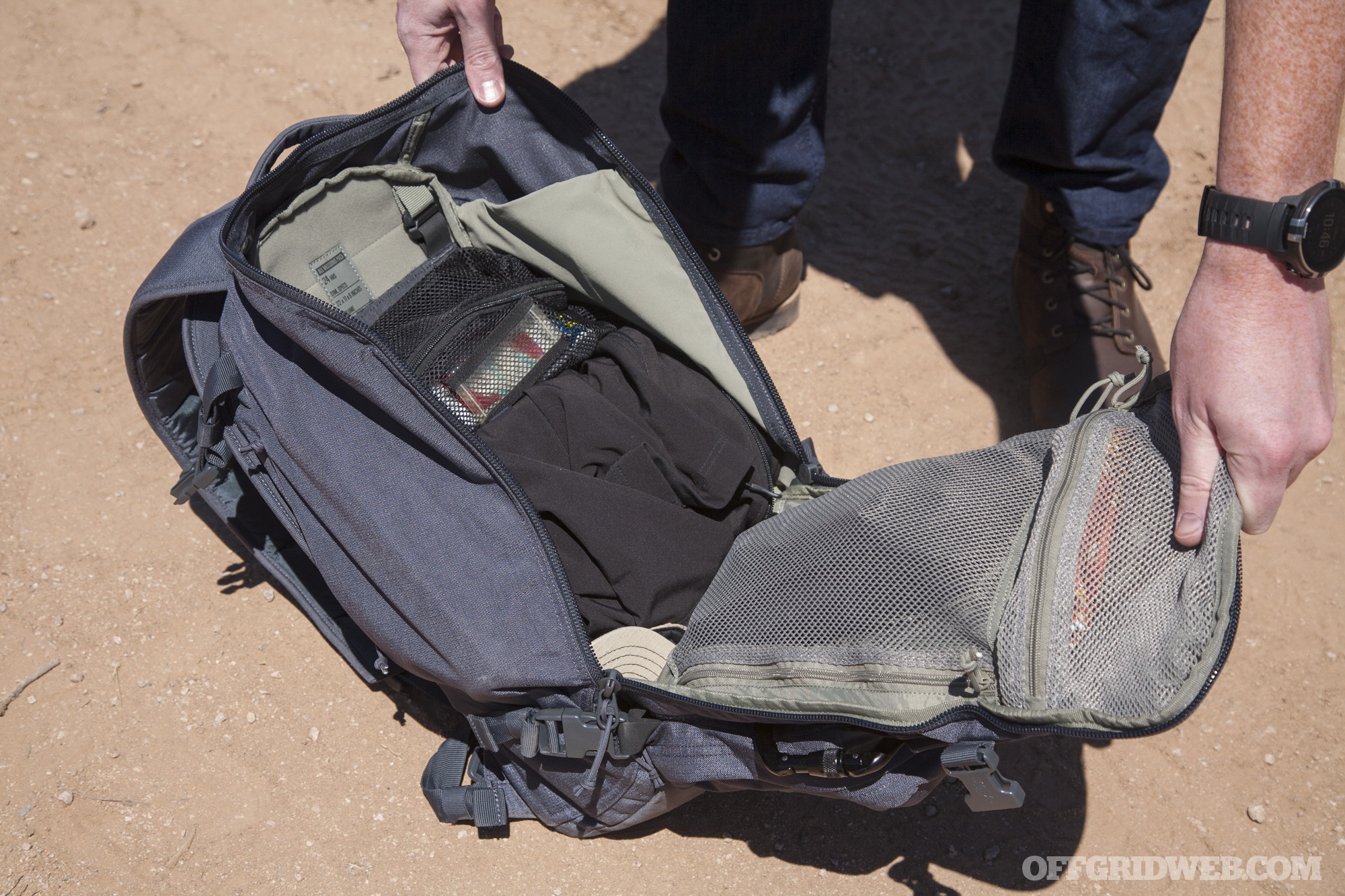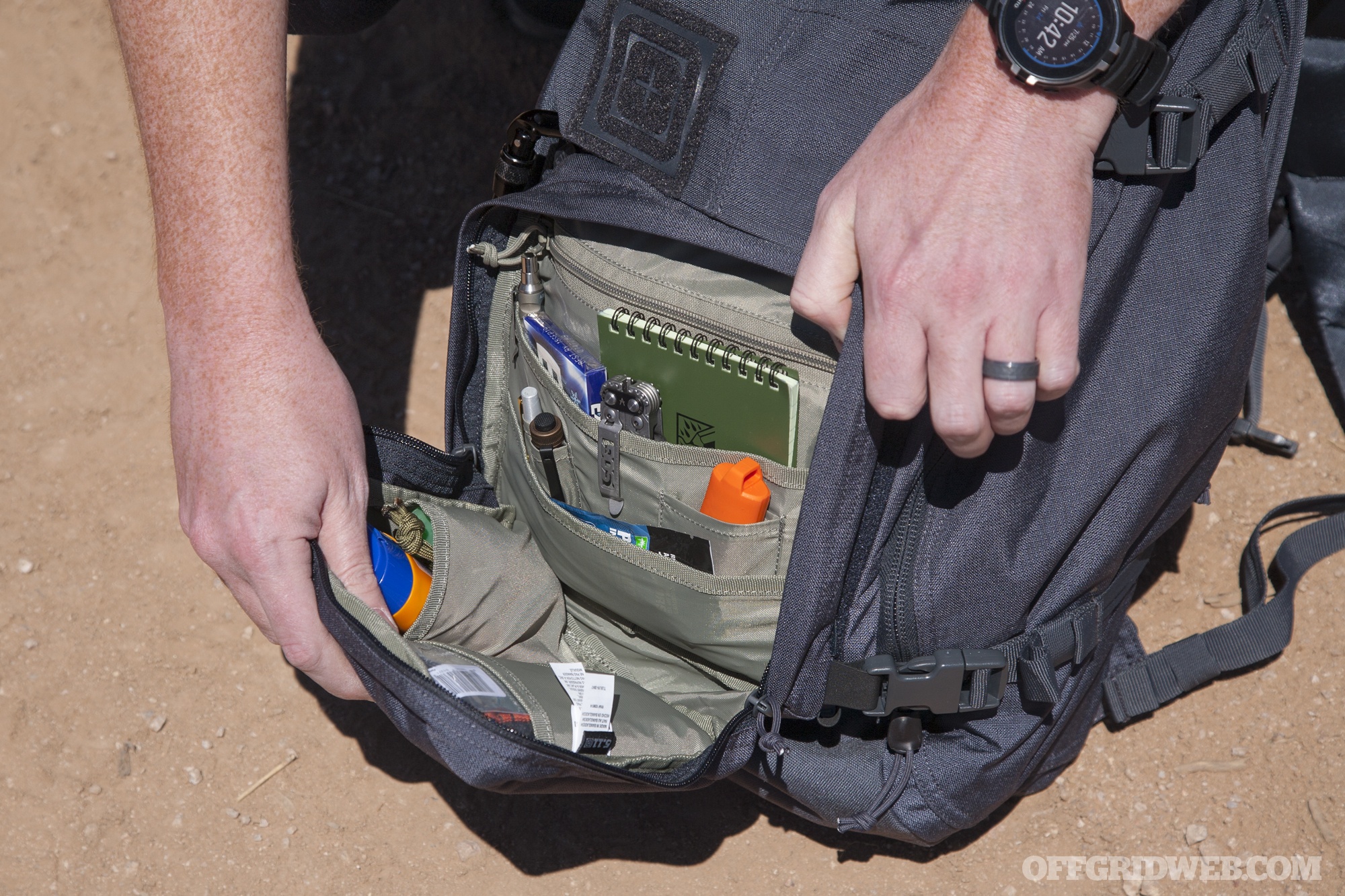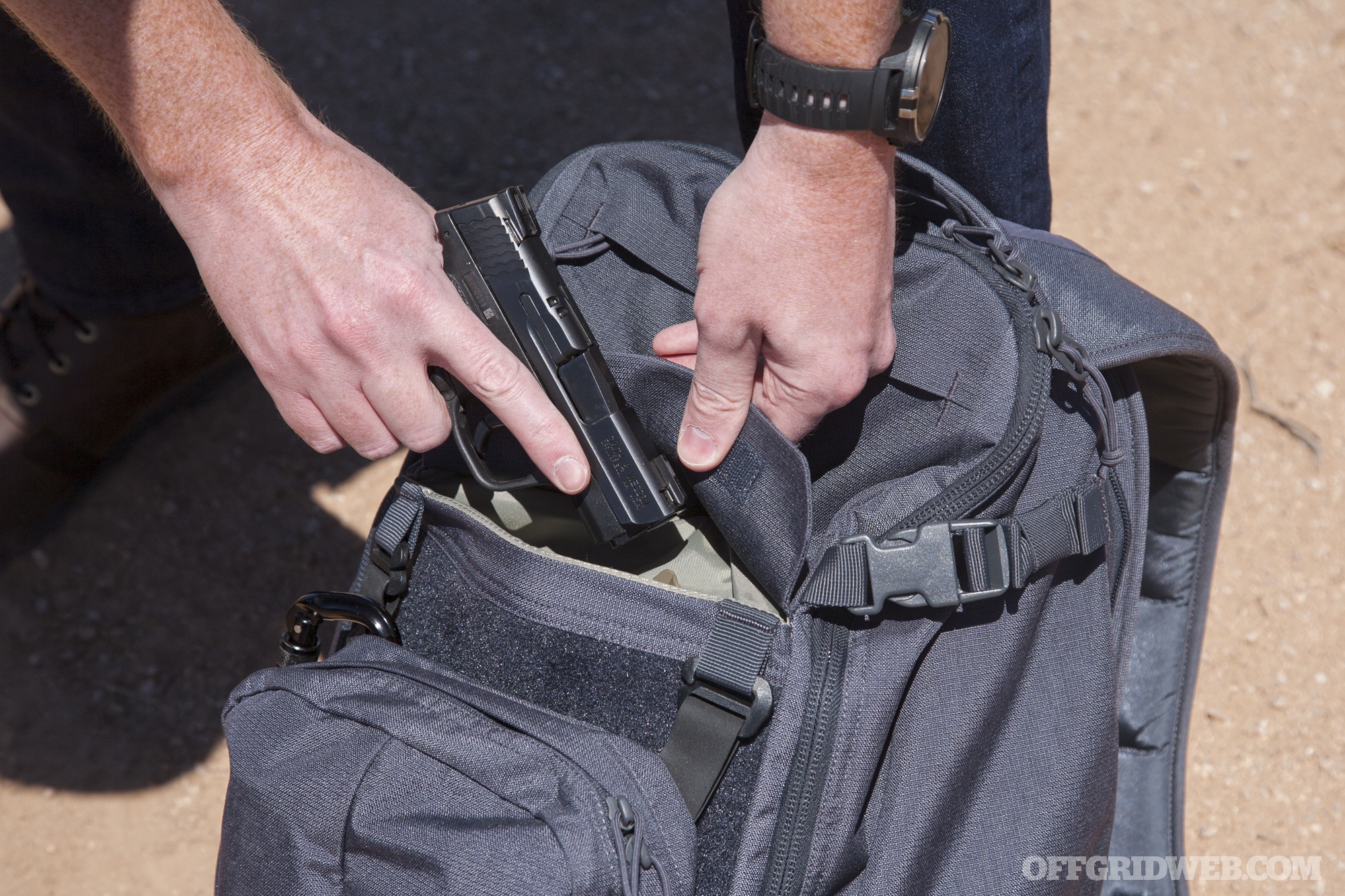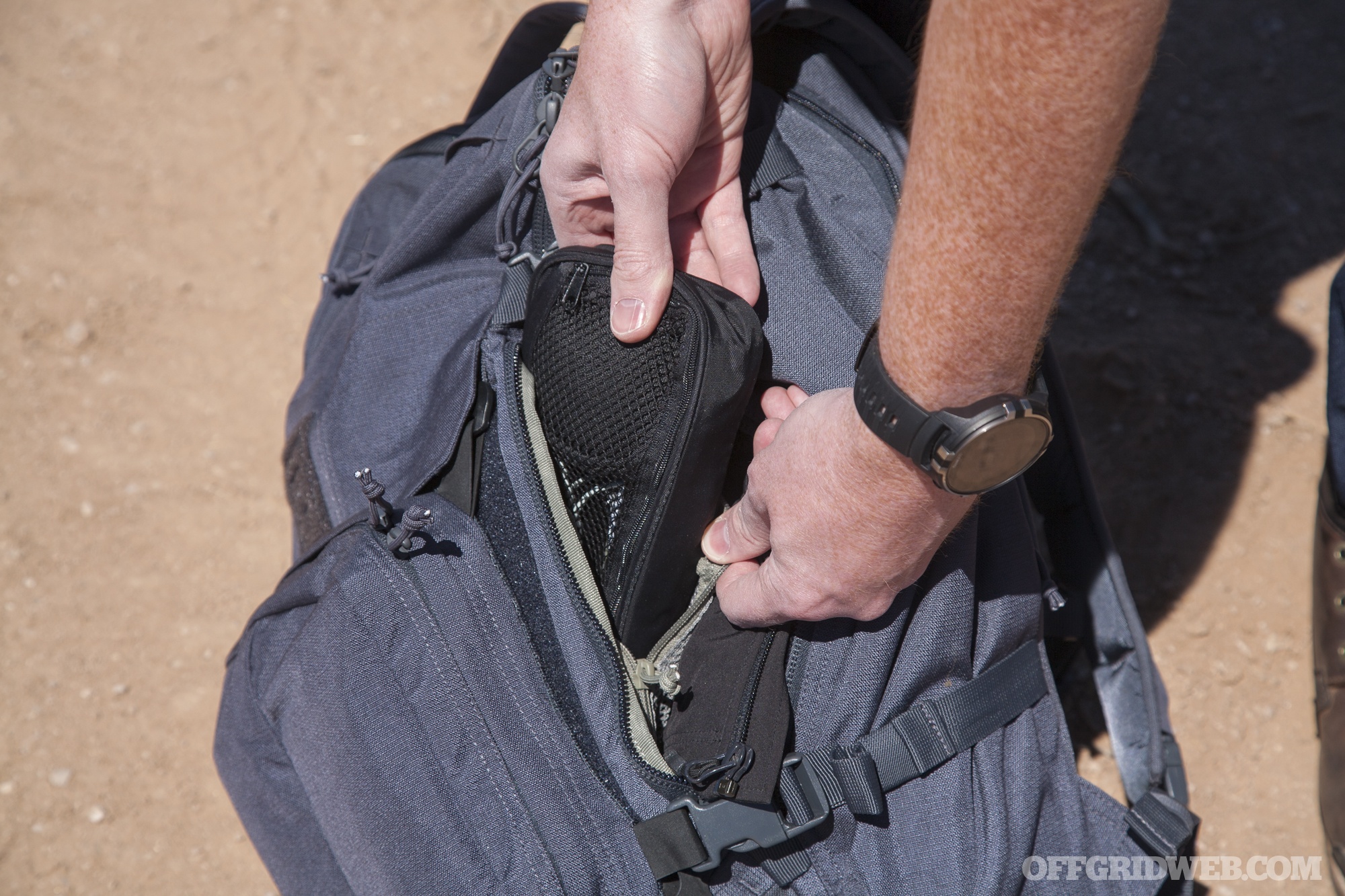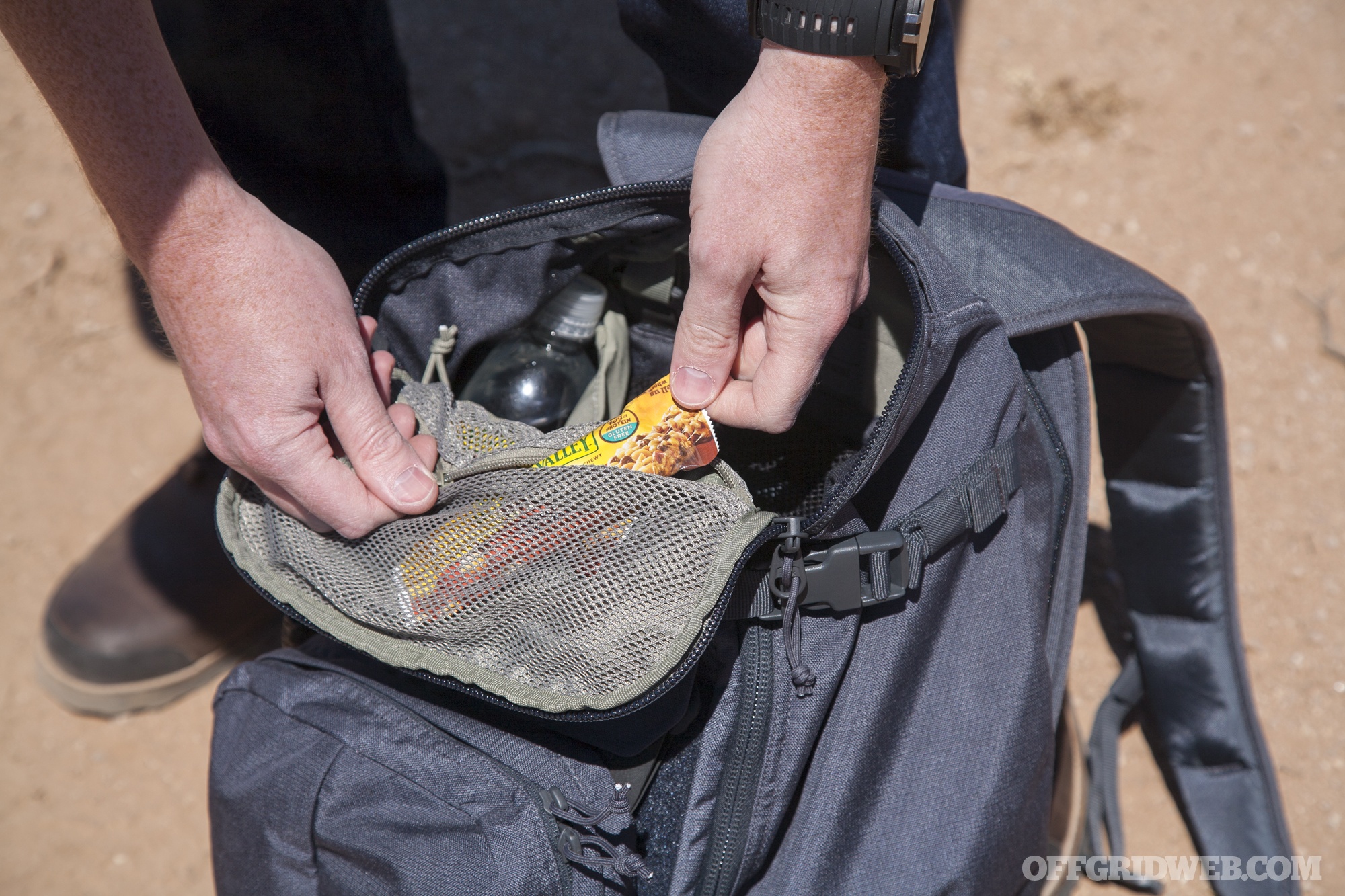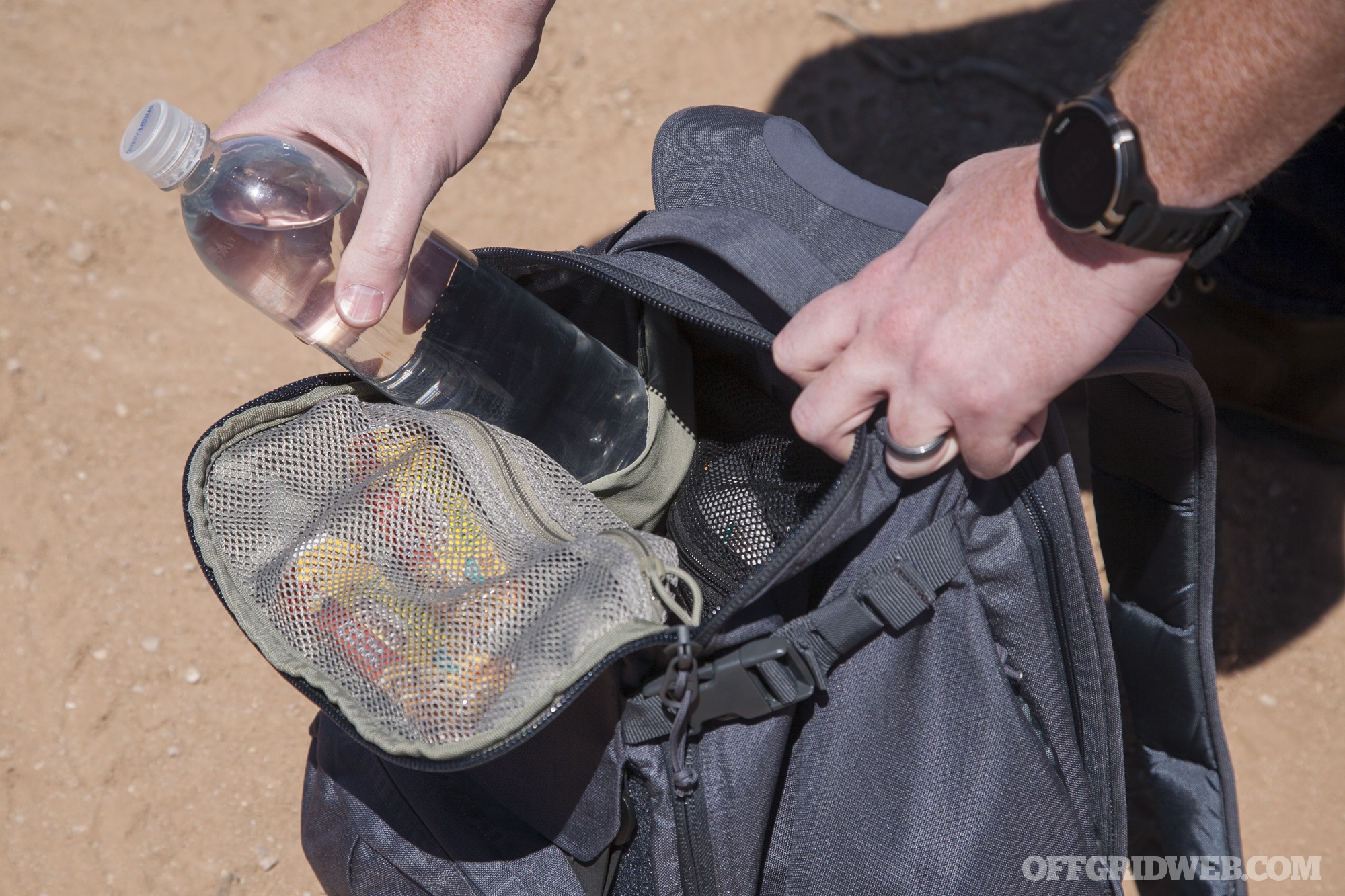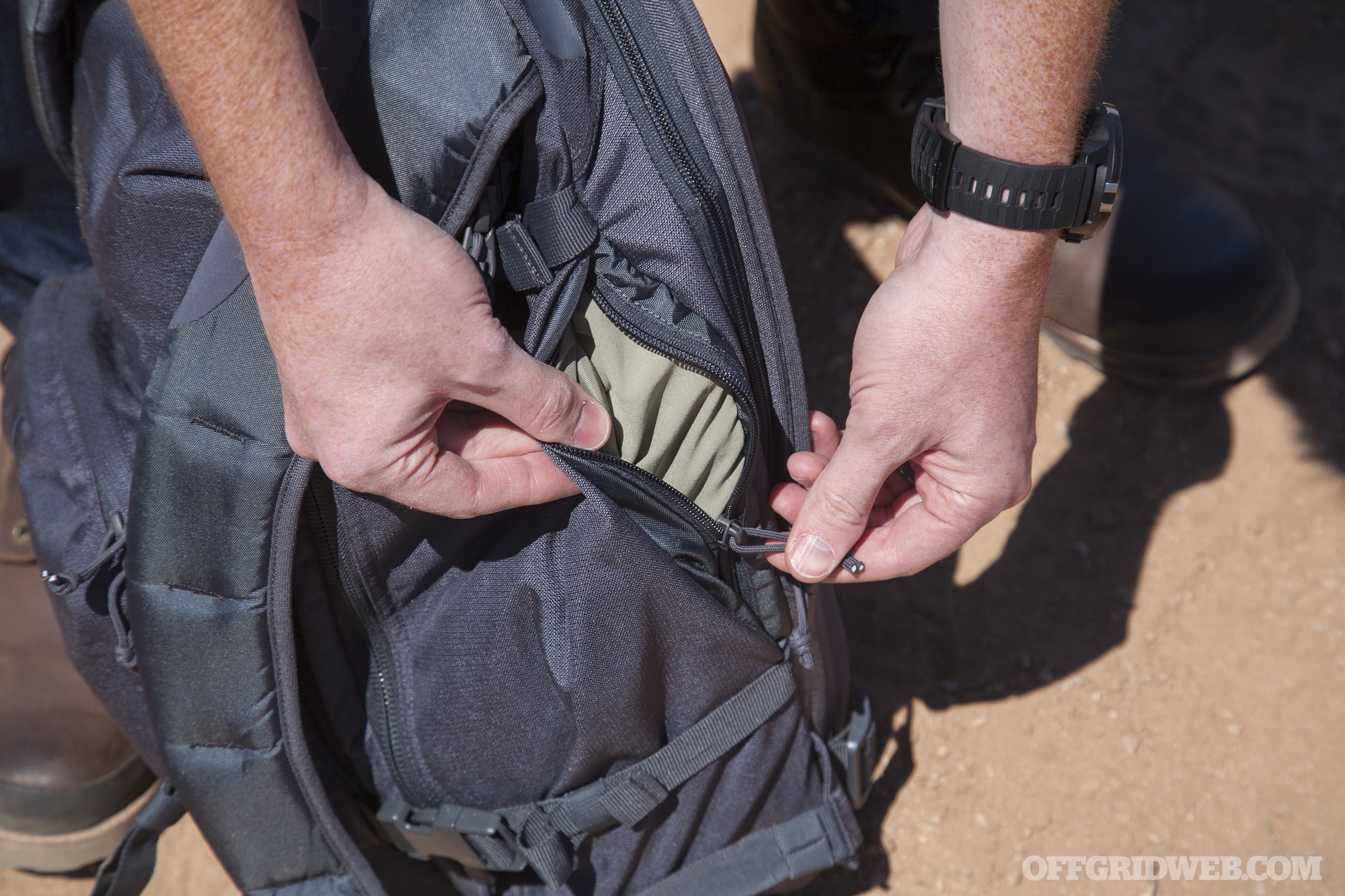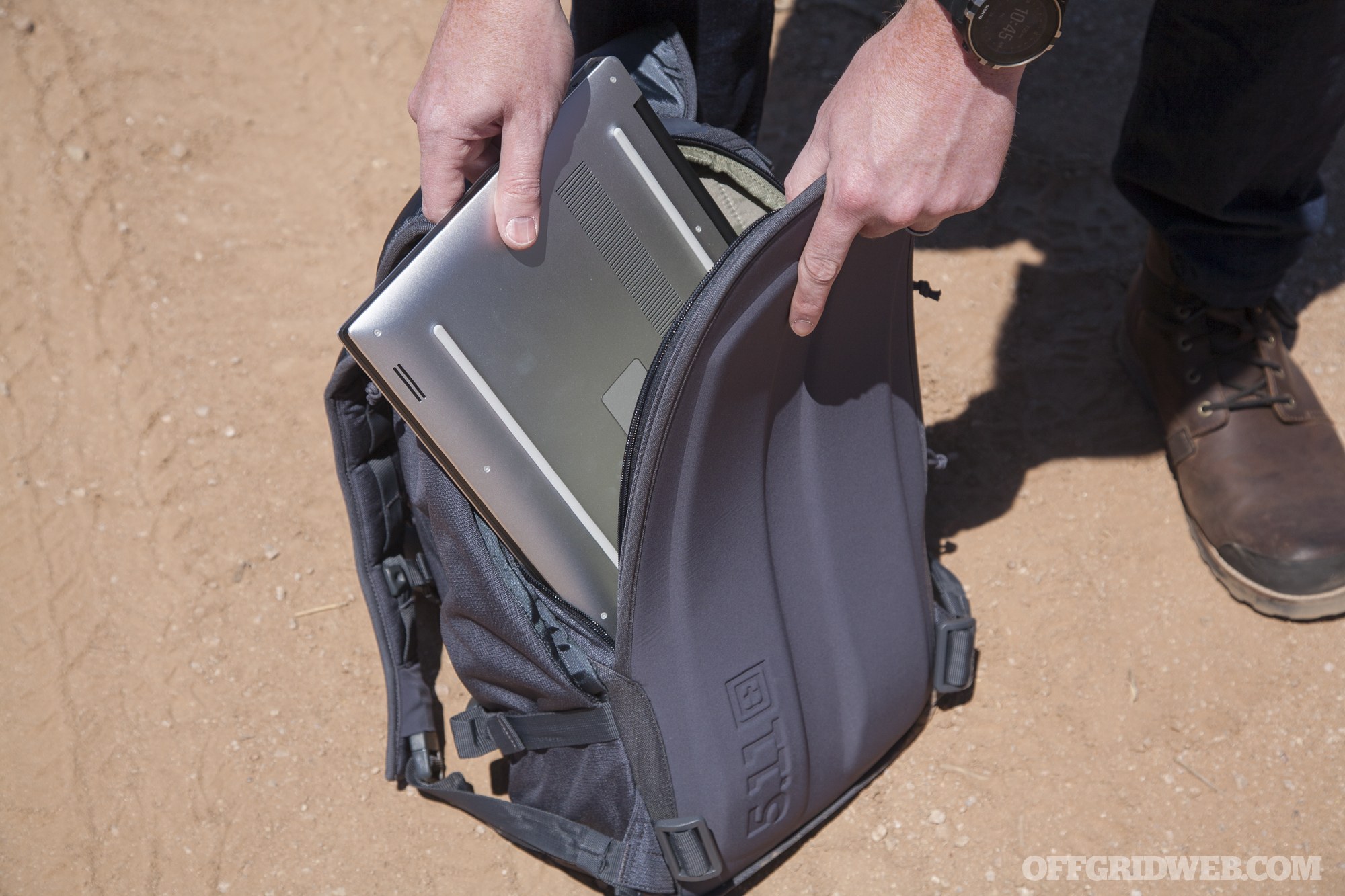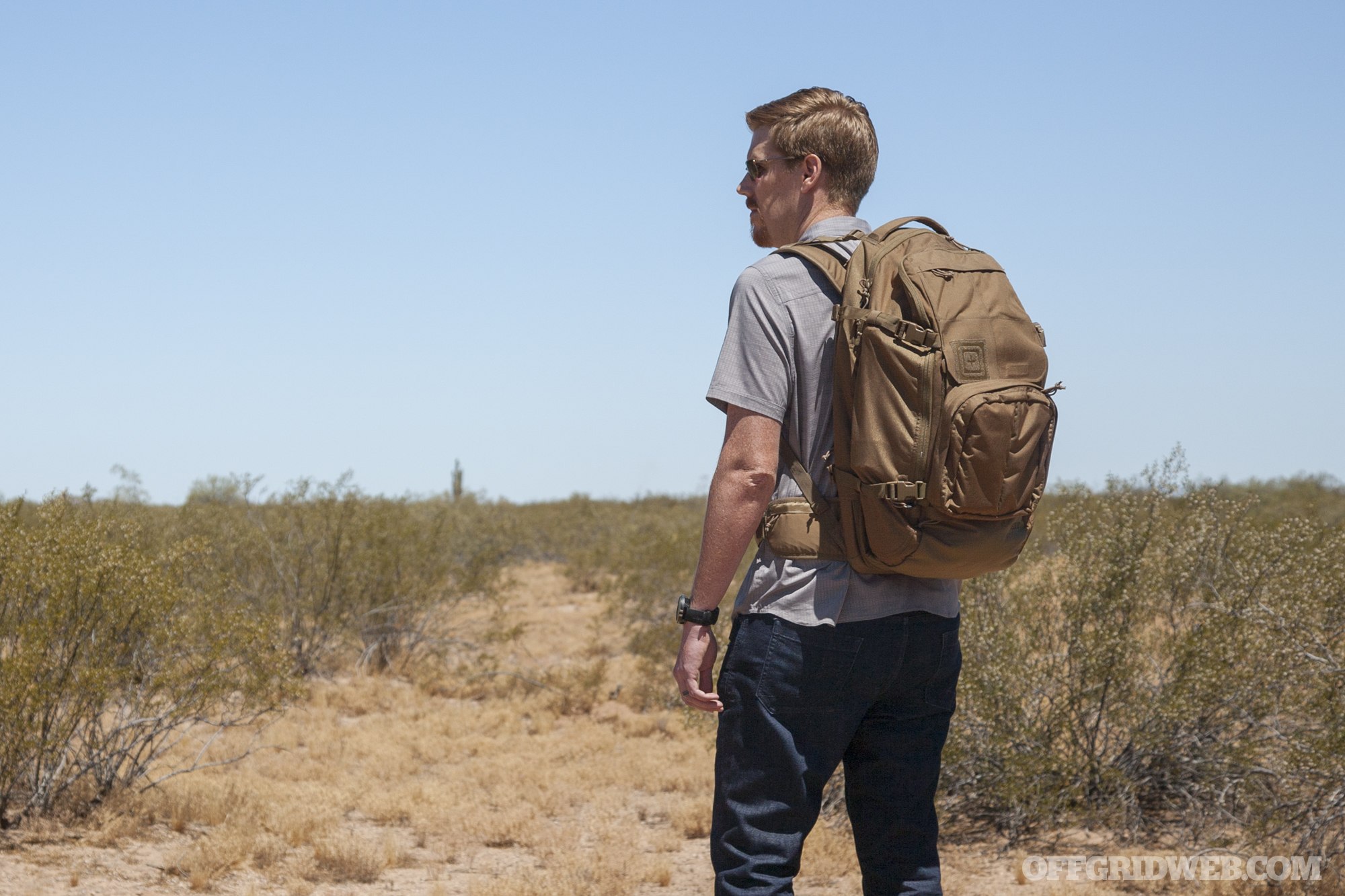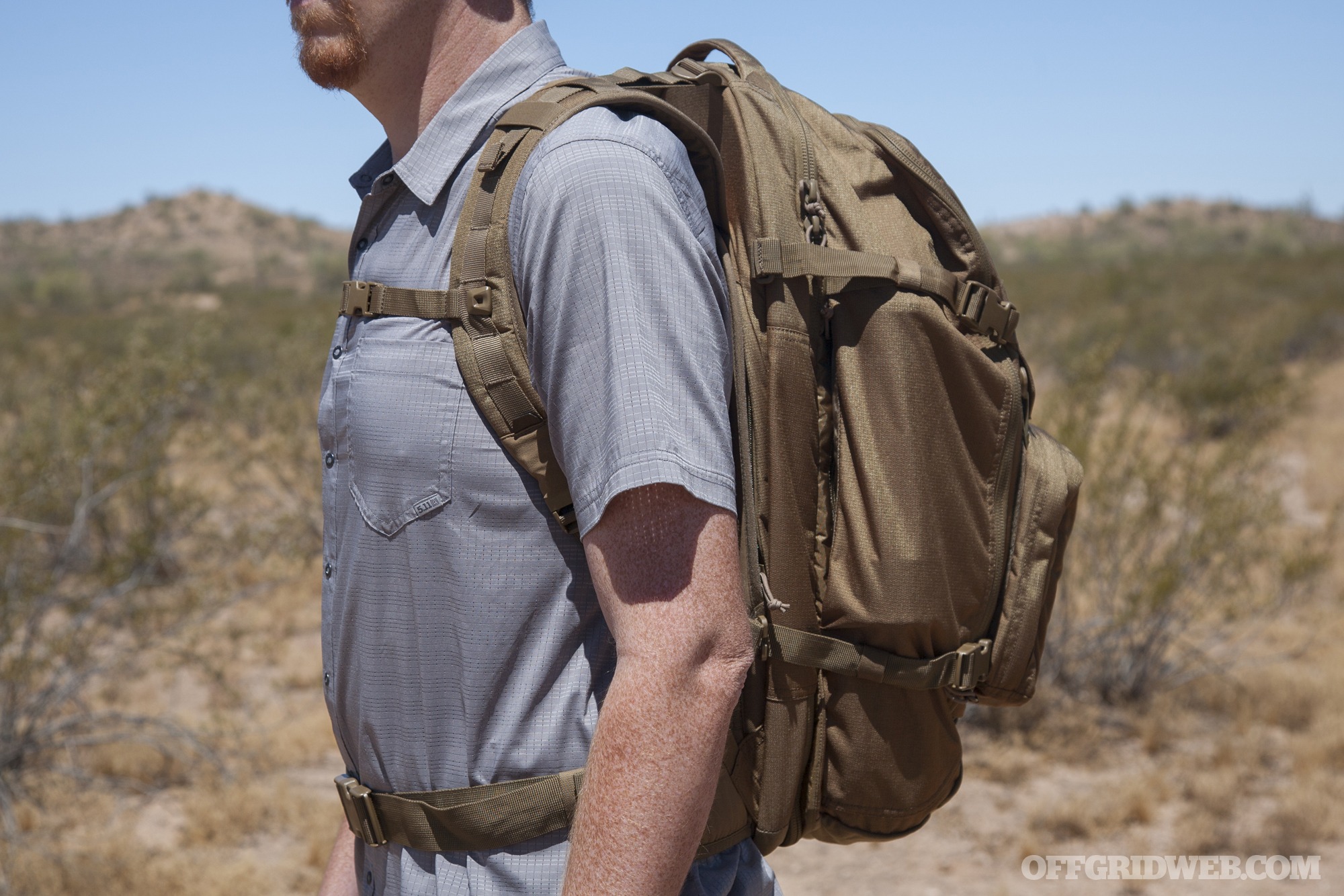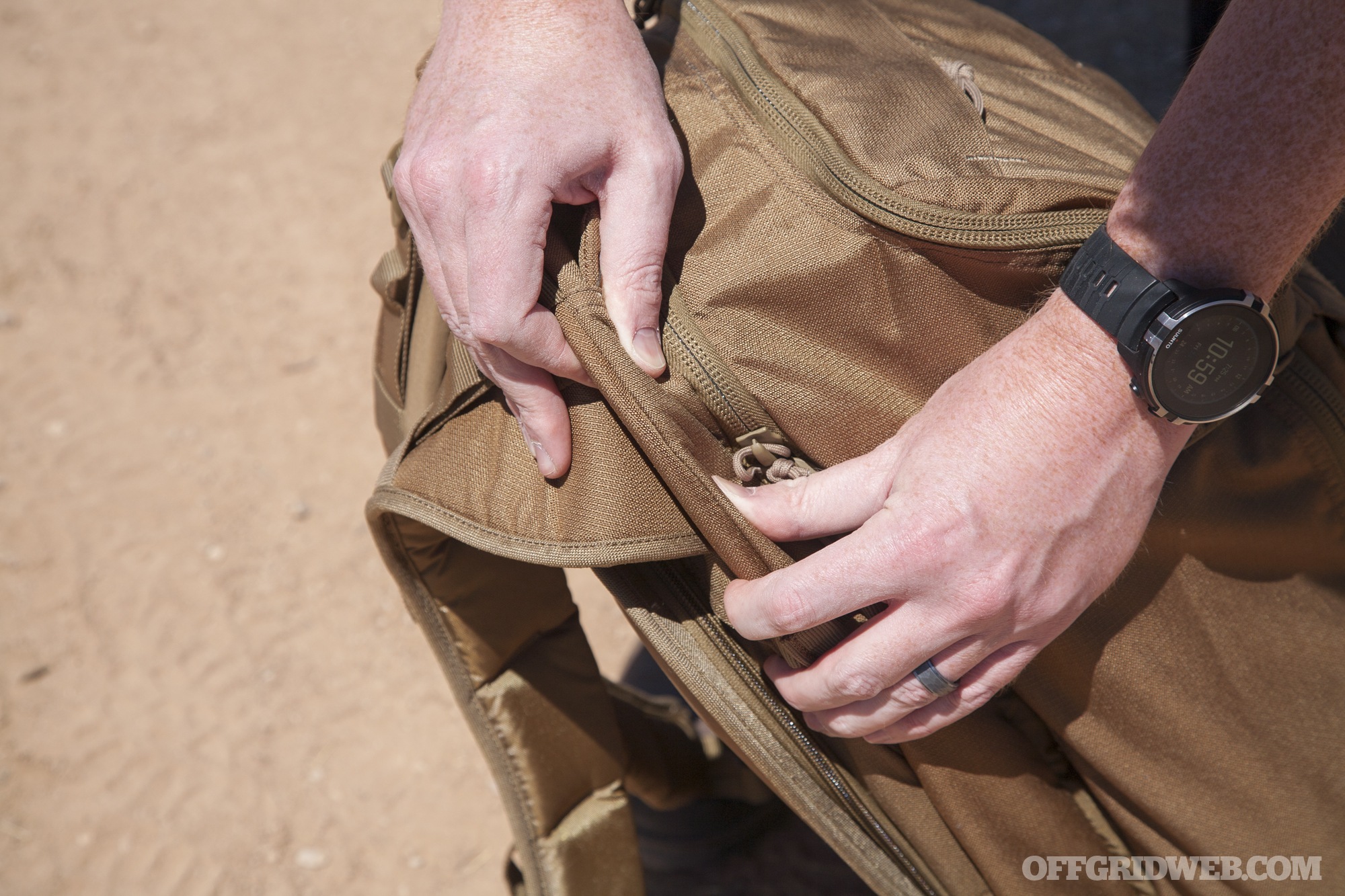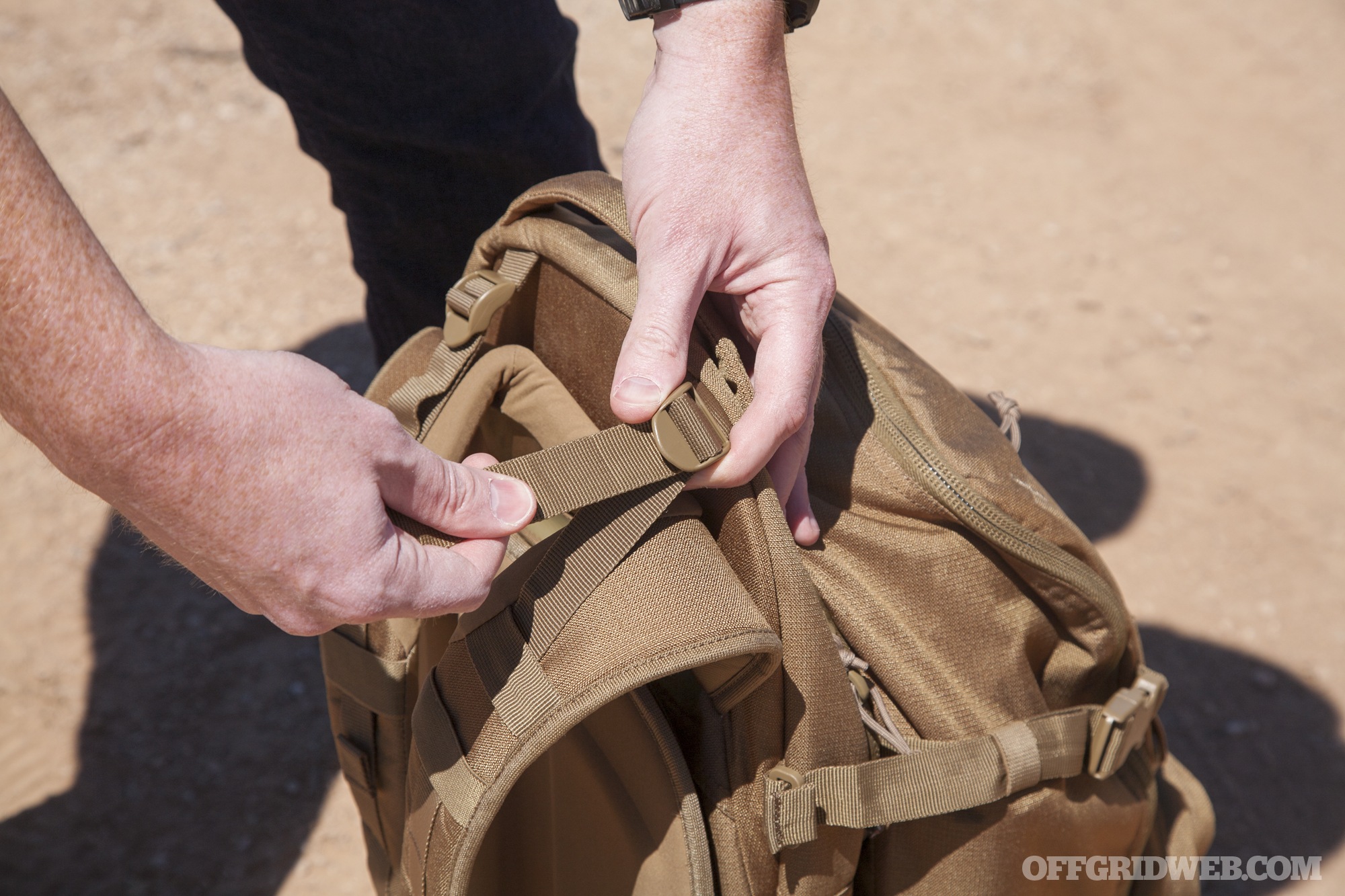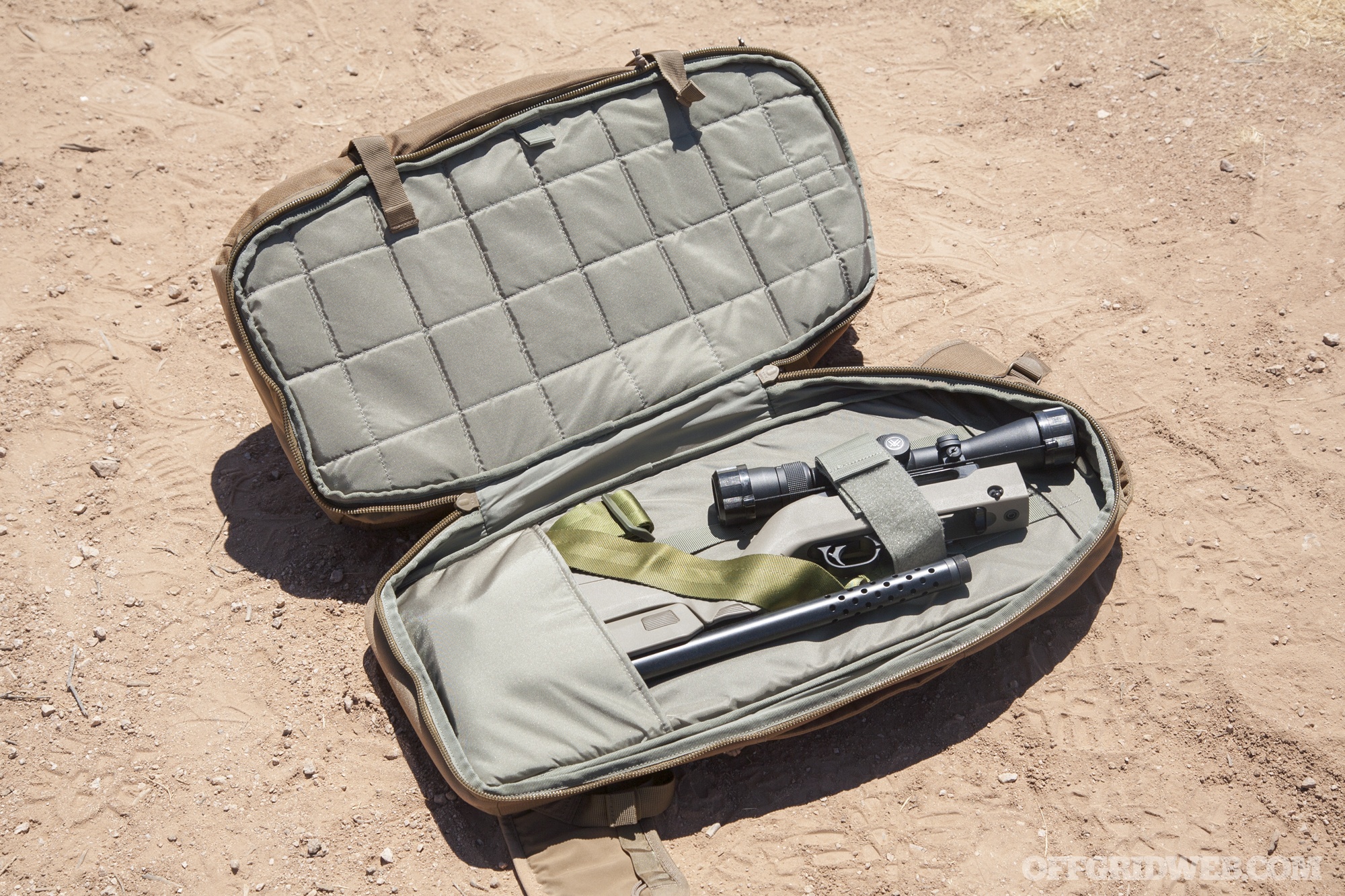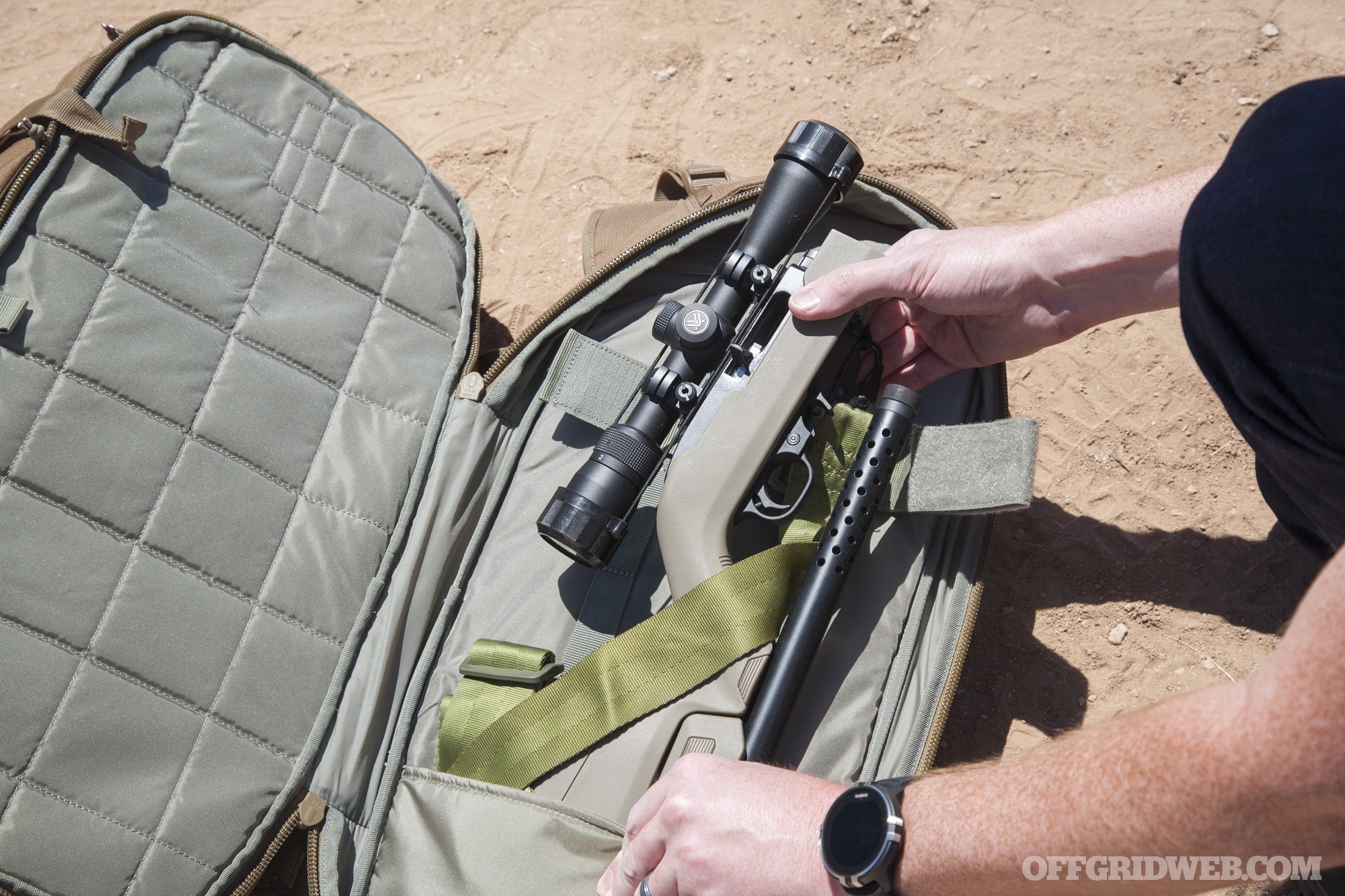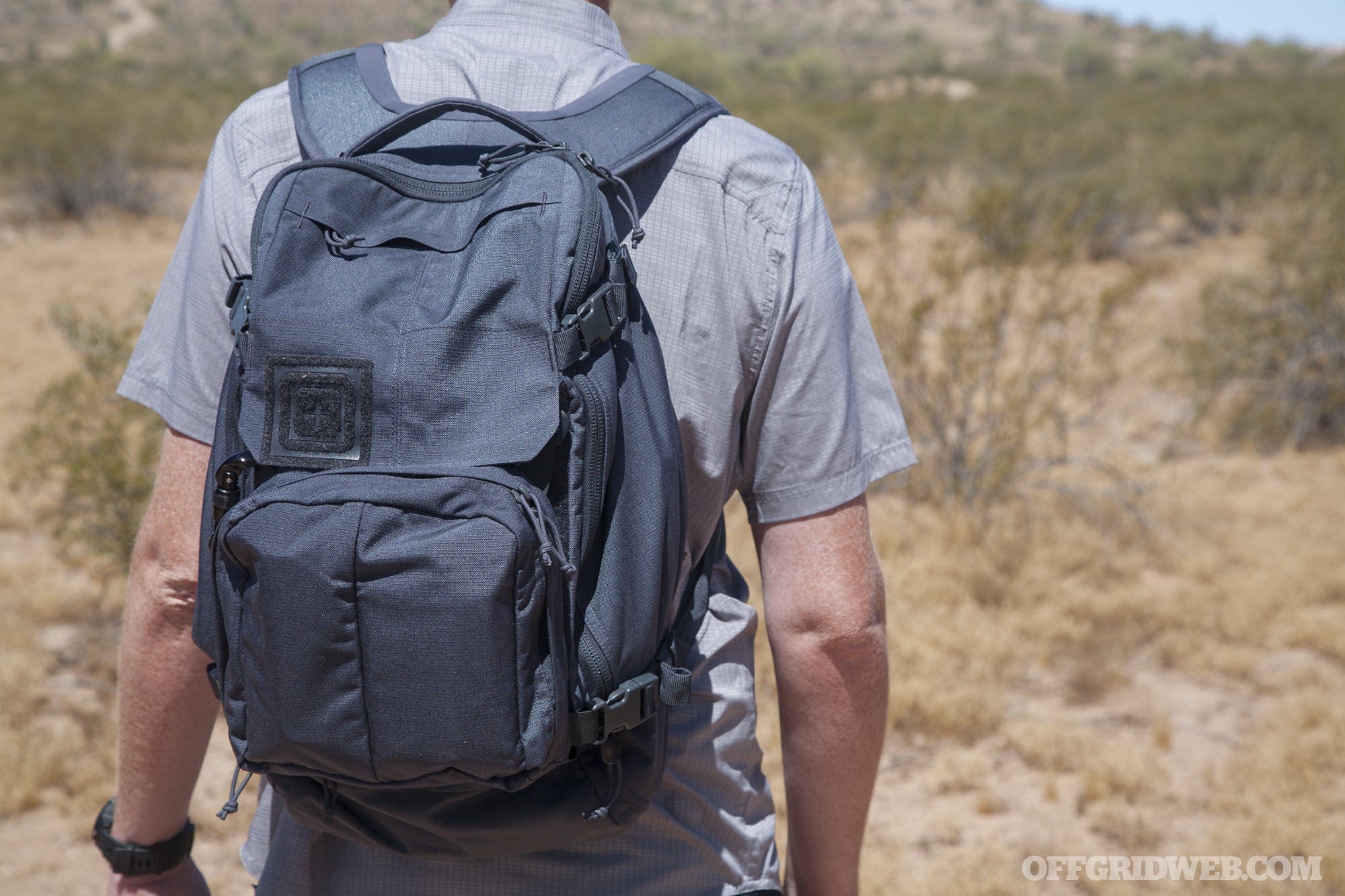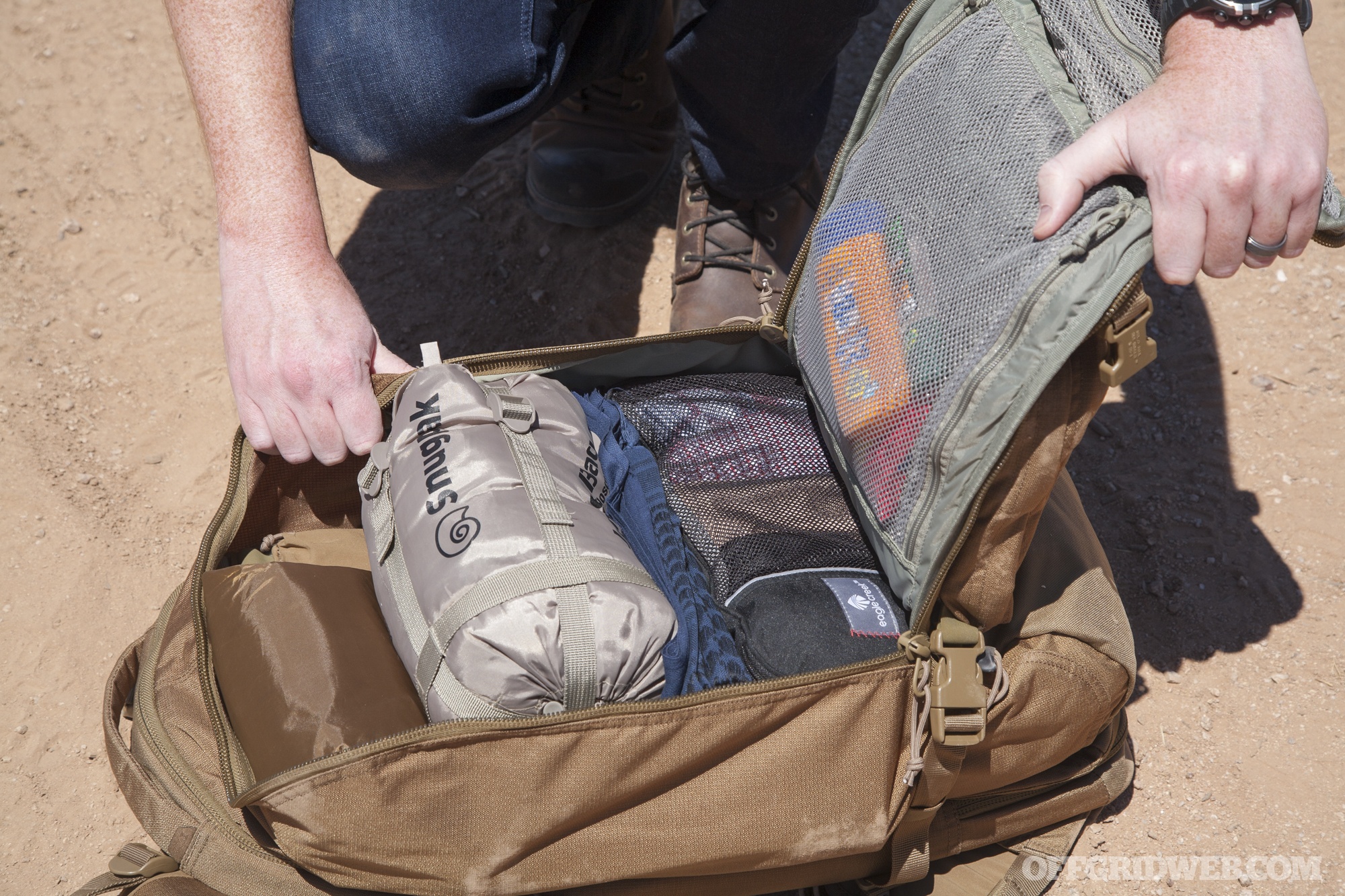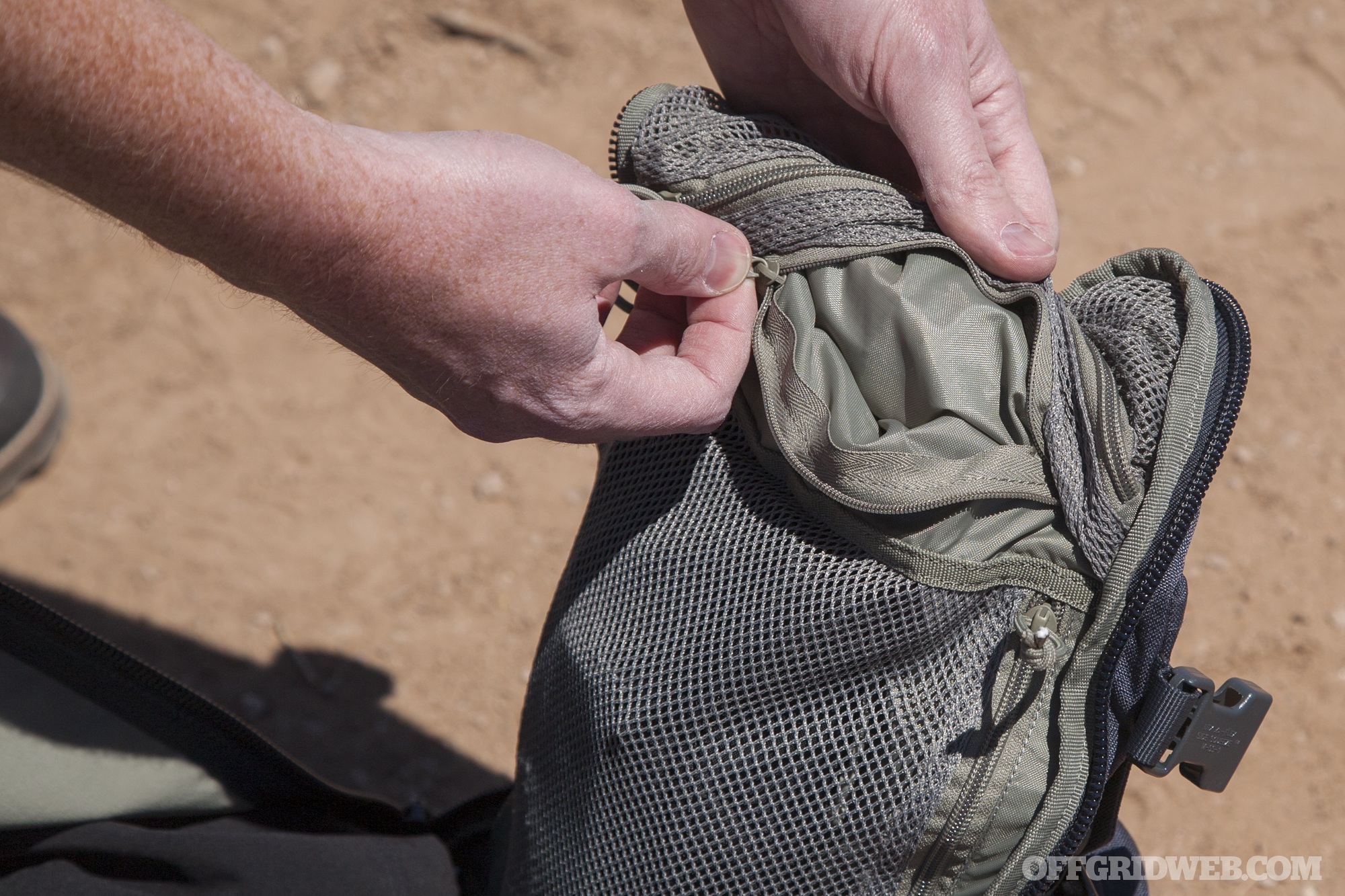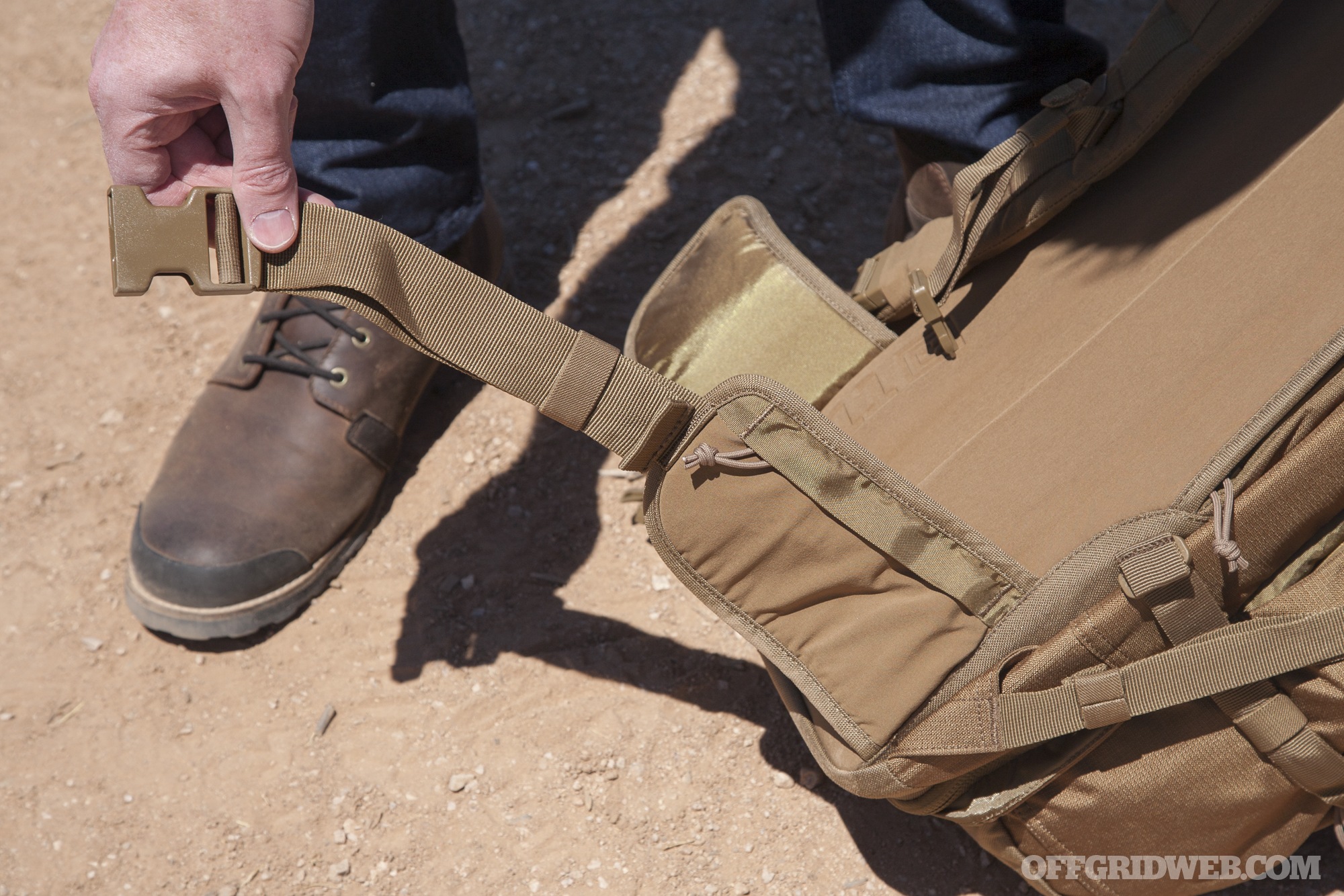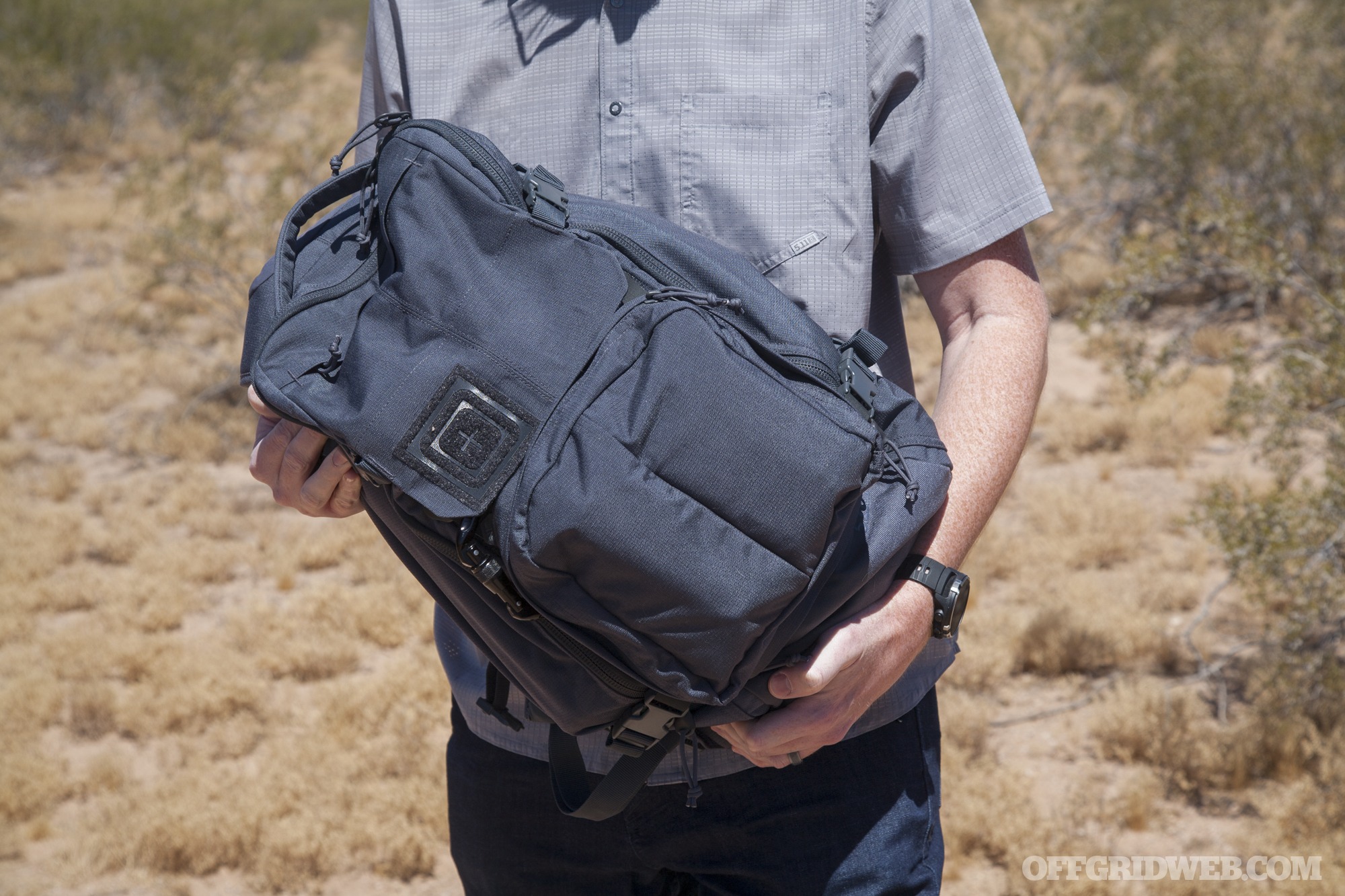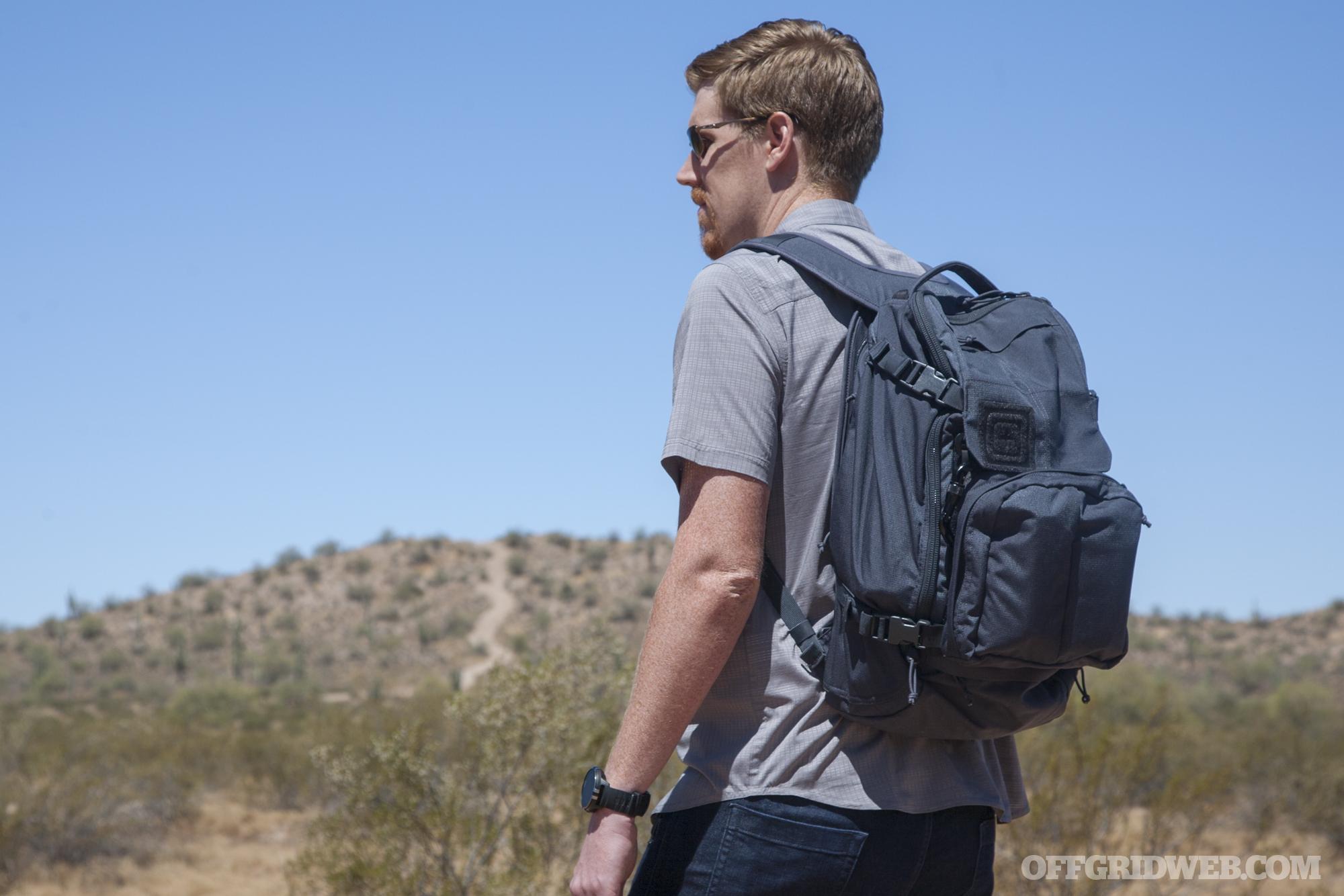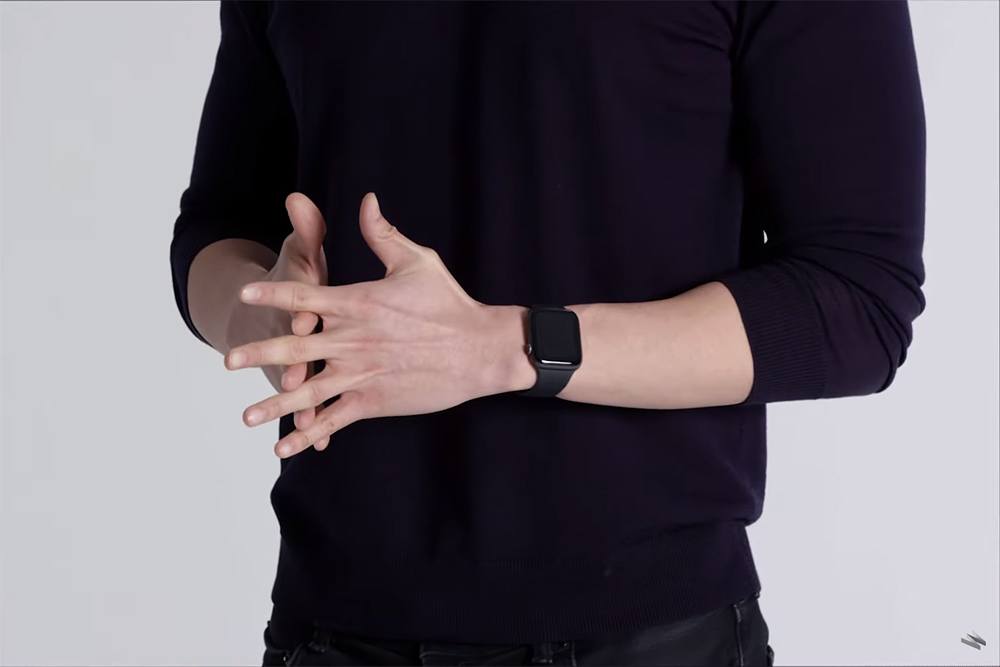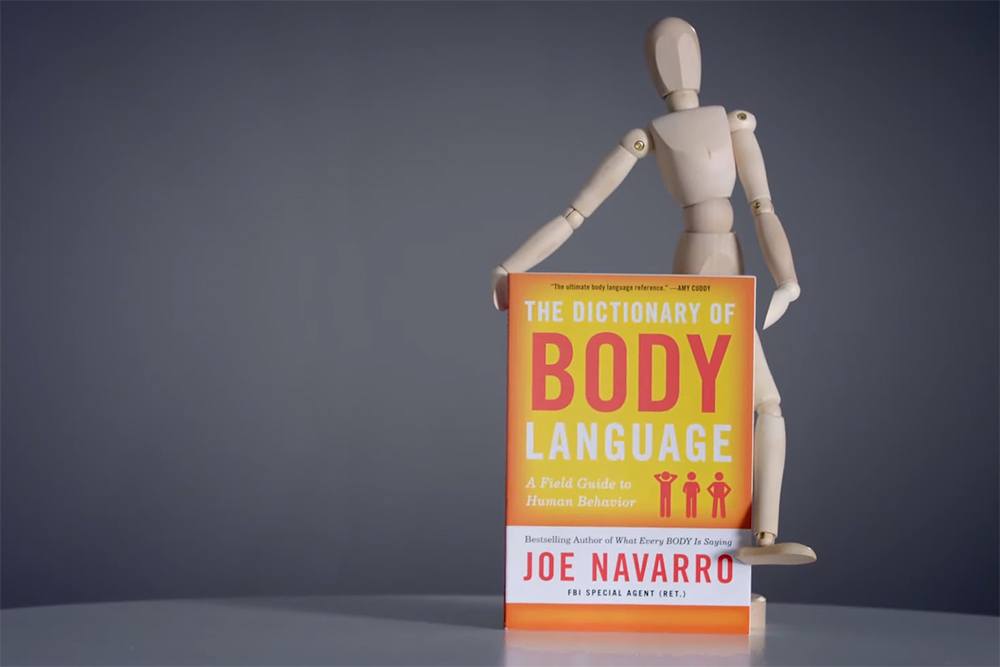Photos by Mark Saint
Exact data on how often dogs keep bad guys away are very hard to calculate. If a protection dog does its job well, then most encounters never reach the point of an official police report. Most bad guys are likely to think twice before breaking into properties where barking dogs are present, much less trained protection dogs. As an experienced military and police dog trainer with 28 years in the business, what I’d want first and foremost is for our dogs to serve as effective deterrents. This increases the odds that would-be attackers move on to an easier target.
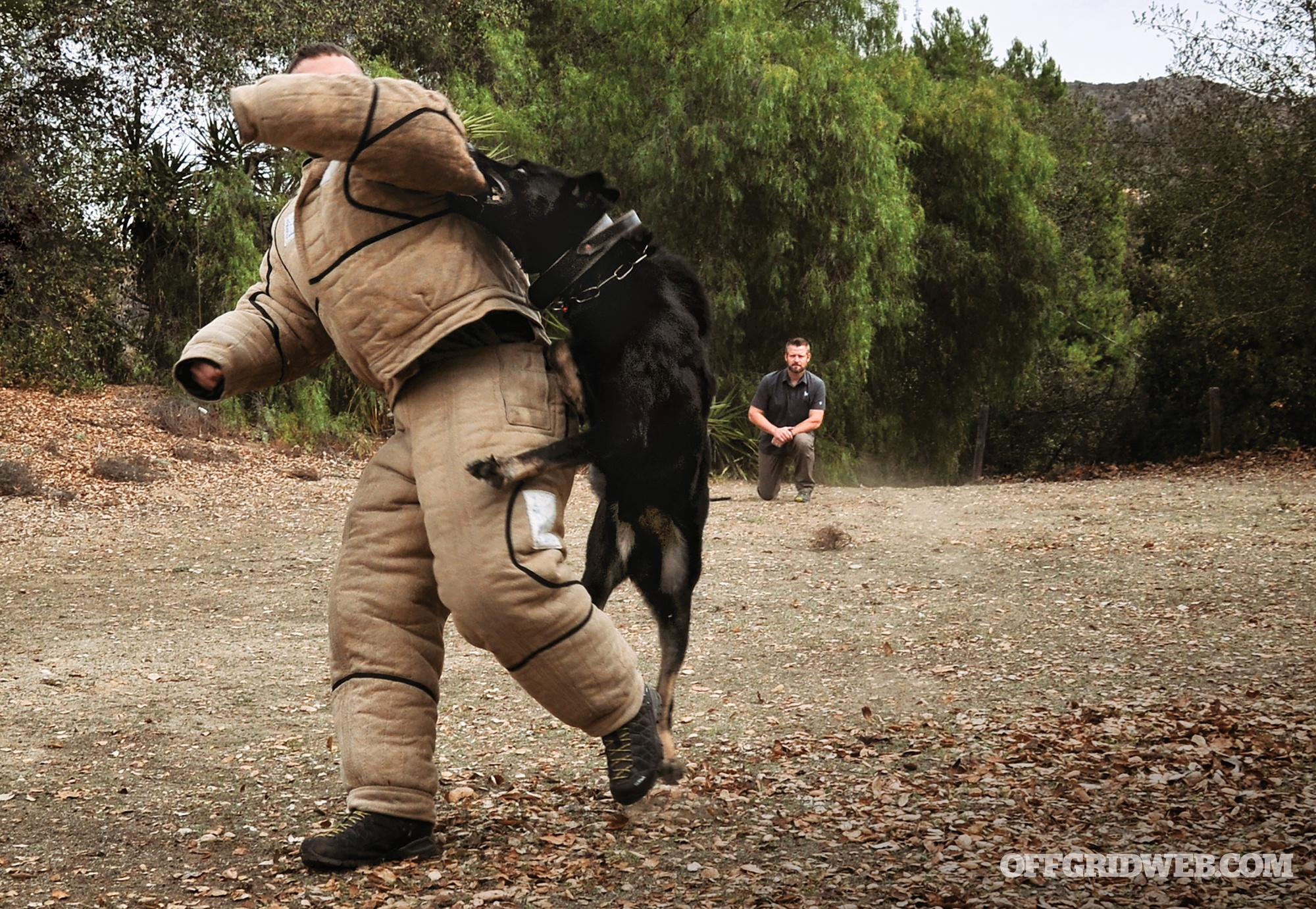
There’s always the temptation for many to purchase a dog for protection or a certain breed because of the image it portrays. However, it’s essential to consider exactly what that means in terms of the time, dedication, cost, and responsibility to care for that animal. You should ask yourself about the level of training involved, how a breeder and/or trainer should be selected, and a number of other considerations before making this decision. These will help you determine if your lifestyle is conducive to a four-legged companion that’s considerably more specialized and purpose-oriented than the average pet dog. In this article, we’ll address those questions so you can evaluate your own readiness, willingness, and ability to own a dog for protection.
What is a Protection Dog?
First, we’ll break down the term “protection dog” into a few categories and differentiate them from dogs intended for other purposes.
Low Risk/Alert K9: Mostly suited for working/middle-class folks who desire a sense of security or protection while a traveling spouse is away. This is a low-threat dog designed to thwart an intruder or an attacker. When someone enters the property, this dog will give a strong alert as it attempts to deter the stranger from its territory through barking. When out and about, this dog is very social, but will alert if it or the handler is threatened. They’re not trained to bite and naturally prefer not to, but can be taught to bark, give alerts on command, and turn it off when told to.
Medium Risk/Protection K9: This type of dog is most conducive to upper-income and/or well-known people with a reasonable risk of an intruder or attacker. This is a very social dog in the
home and when you’re out in public. It naturally alerts on its own, alerts on command, attacks on command (with or without a bite), and can attack a threat in the home environment and on leash
when out and about. It typically has excellent control/out work (releasing from a bite).
High Risk/Elite Protection K9: These dogs are best suited for individuals with known stalkers, those who have been victims of crimes, high-profile business people, and celebrities. This is a social, highly skilled, naturally protective, and highly trainable dog that’s very clearheaded and trains to all levels easily. These dogs alert to threats with or without commands, attack with or without a bite (making a biting motion without actually biting the threat), and perform on and off-lead attacks and control of the threat. They’re highly alert in the home, at work, and in public areas. These dogs are also protective in vehicles and confined areas, and capable of keeping multiple threats at bay. An elite protection dog can fight for a time and return to the handler to provide security. They’re trained to clear areas and structures off-leash to secure the location prior to entry from the handler or VIP being protected. Often, but not always, dogs at this level are part of a security package, and the VIP isn’t the handler.
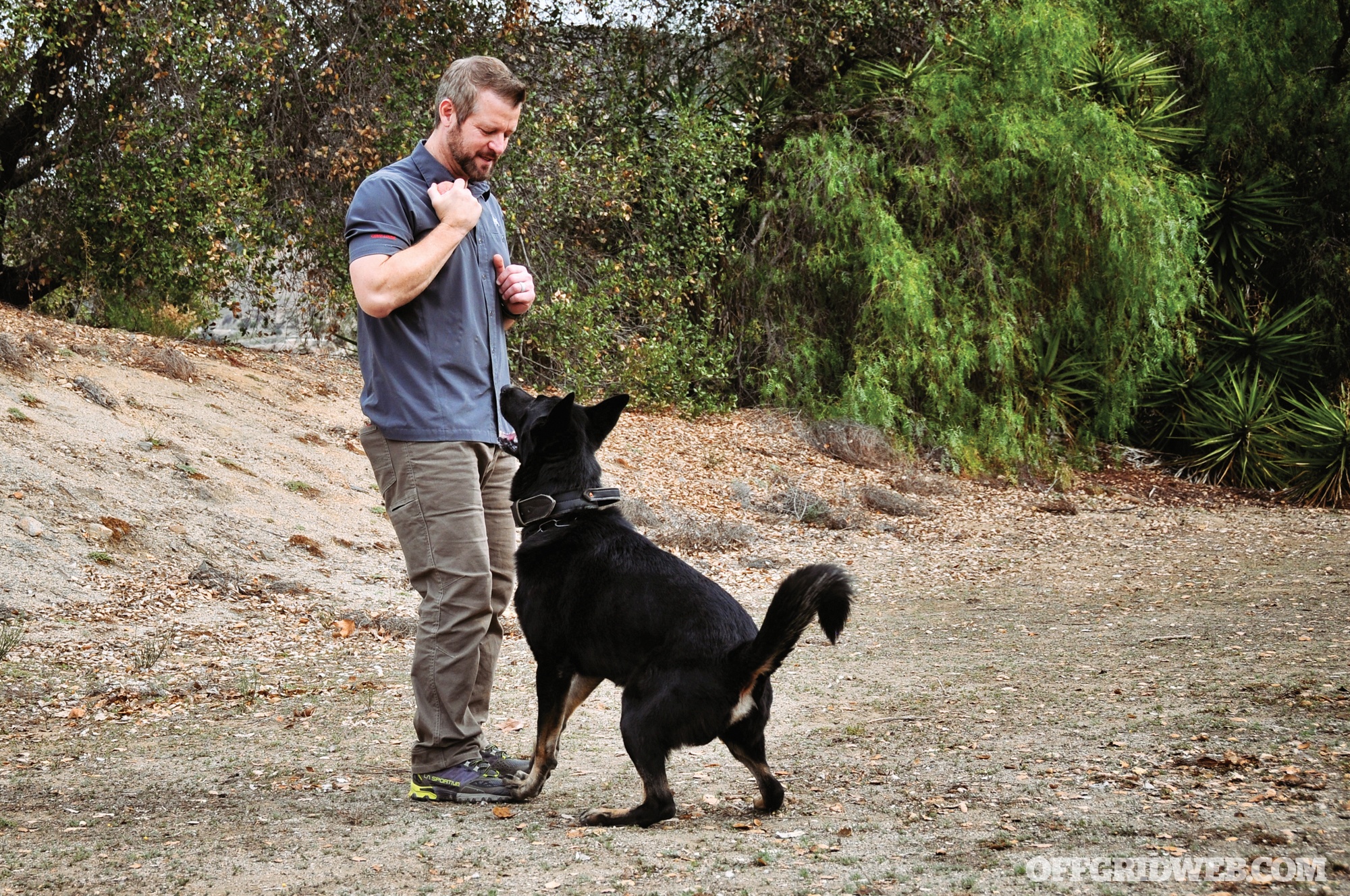
Above: Don’t assume all dogs can be trained for protection. Working with experienced breeders and trainers is the best way to find a dog who has genetics conducive to this kind of work.
Perimeter/Security Dogs: These dogs have the highest level of alerting to a threat and are one of the quickest ways to deter or neutralize a threat. The downside is they can be exposed very quickly and are often under-qualified if the threat has a weapon. They’re typically not close to the handler for protection and at risk for potential poisoning from those wishing to penetrate the area they’re guarding. They’re rarely great personal protection dogs because they’re trained to protect an area, not an individual.
Some scenarios require a perimeter K9 and a personal protection K9, meaning two dogs trained for each purpose — not one that does both. A perimeter dog is typically more aggressive and less social, would primarily live outside (with adequate shelter), and has a main objective to stop a threat before it enters the house. A personal protection dog has a ton of obedience, has to be more social, and is comfortable with home environments as well as traveling. People with a great deal of discretionary income, VIPs who are easy targets, and celebrities who have stalkers may want a perimeter/security dog because they require additional layers of security. Ask yourself how much security you want and what’s worth the effort.
Some of you may have heard the term “attack dogs” before, but this designation just applies to the aforementioned levels and the training received. Dogs need to have the genetic predisposition and appropriate training for the desired task. For example, rescue dogs, such as those trained in search-and-rescue to locate people in different scenarios, traditionally have no genetic predisposition for bite work, and it wouldn’t make sense to train a dog that performs these duties to do both.
Evaluating Your Lifestyle Objectively
Everyone’s lifestyle, needs, and objectives are different. Rushing into getting a protection dog because of a perceived or real threat is rarely the best scenario. First of all, protection dogs traditionally come from working dog breed lines. Working dogs were bred to perform tasks and are genetically conditioned for activity. Lying to yourself about legitimately having the proper amount of time for a working dog will not only burden the owner, but it’ll also diminish the training, overall effectiveness, health, and happiness of the working dog. One must have the time as
well as the energy level to devote to keeping these dogs fit. They’re not lap dogs.
Ensure that your home environments, vehicle, food, daily care, training time, exercise, and veterinarian plan are set prior to the dog’s arrival. Like all dogs, they get more expensive as they grow older. Let’s say you get a protection dog — expect to spend at least $100 per month to feed it, a few hundred per month to maintain training, and a few thousand per year for quality vet care. One should expect the initial costs to range from $8,000 for a fully trained Alert K9 up to $25,000 to $30,000 or more for an Elite Personal Protection K9, all of which should be fully warrantied for health and workability. You’re looking at a 12- to 15-year commitment at best, and it’ll be like having a 7-year-old child that cannot take care of itself in our human environment.
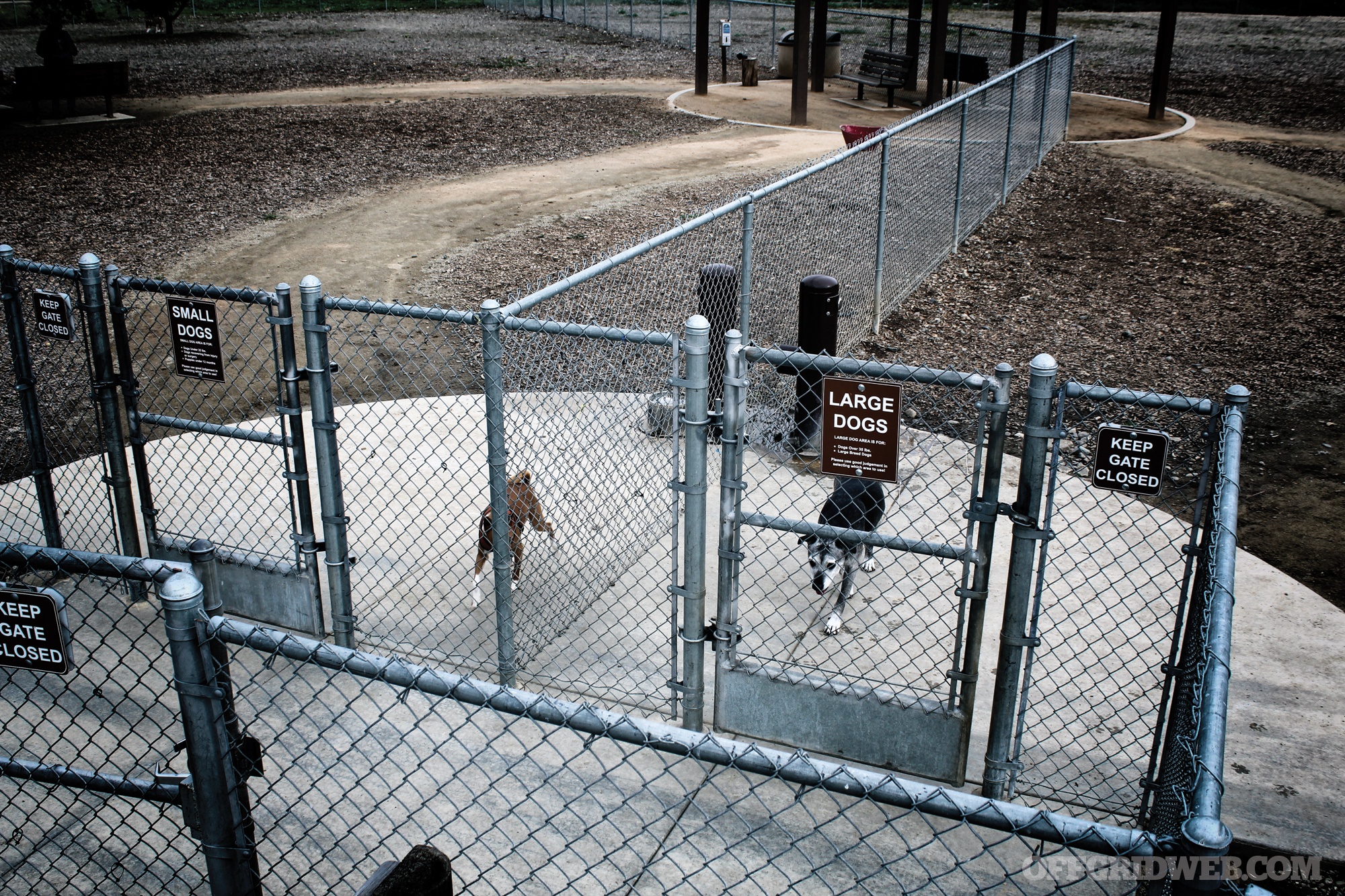
Above: Trips to the dog park might be sufficient exercise for the average dog, but protection dogs are athletes. Expect activities to range from throwing the ball for sprints, swimming, and long runs with a bike at least 45 minutes per day.
Do You Really Need One?
Some of the worst cases I’ve heard from potential clients over the years involve statements such as, “I need a protection dog right now.” This rush may be about a real or perceived threat with little planning and no thorough consideration of the dog’s needs. As if that weren’t bad enough, this plan almost always comes with the buyer saying, “I can only spend X, and Y is too much.”
On some occasions, I have families who really could benefit from a protection dog and have the means to get a nice one. However, after evaluating their lifestyle, for instance with four kids, two jobs, travel, and other distractions, it leaves little time in their schedule for any pet, much less a specialized animal. Dogs aren’t robots or a weapon that you pick up, use, and store until the next time you need it.
Questions about protection dogs and children are common, so here are some key points to remember. A good dog for just about anything is a healthy, happy, social creature. I’ve
never had issues with a well-balanced and trained dog with well-balanced and trained children. That said, if your children are wild and undisciplined (even though you might not like to admit it to yourself), having them around a protection dog invites problems, because it may provoke an unexpected confrontation. These dogs protect and may not be able to differentiate between the innocent intentions of child’s play and genuine aggression. Just like firearms, you don’t leave them unattended and out in the open around kids. It’s up to you to provide training for your children and determine when they’re mature enough to handle them. These dogs aren’t aggressive for no reason, but accidents happen if you’re not careful. You need to work with trainers to ensure your kids know what these dogs are capable of and how to interact with them properly.
Keep in mind that the protection dogs we use at my company, Cobra Canine, are genetically given the ability to protect — we’re just honing these skills. If they’re bred properly, it doesn’t take much training. A smart dog can tell a difference between a threat and a stranger. For example, an Alert K9 might be very good at protecting and alerting, but really has no desire to attack, whereas an Elite Protection K9 is a skilled personal protection dog that willingly attacks upon the need, command, or recognition of threat without much stress.
Given the purpose of these dogs, expect to commit time to understanding their unique needs and the commands, presence, and focus you must have. These dogs aren’t turnkey and, as the owner, you’ll be expected to earn the respect of a protection dog — which isn’t guaranteed. Dogs can easily recognize dishonesty and inconsistency. My company teaches different scenarios, mostly for the handlers and of course the all-important control work (the off switch).
Like anything, it takes time to master the fundamentals and commands necessary to establish who’s boss. If you think simply writing a check is enough for a protection dog to leave a facility — either as a puppy or trained adult — and understand that you as the new owner are the one in charge, you’re dead wrong. Chain of command comes with your dedication to carry out a prescribed training regimen. That’s right, it’s recommended that you as the owner receive training in how to care for this type of dog effectively and how to issue commands.
Another common reason for getting a protection dog is, “I want a dog to protect my wife when I’m gone.” Here’s the problem with that — even if your wife wants a dog, what if you’re not home to do all the work you’re giving her? You should both learn about what’s involved before purchasing a dog.
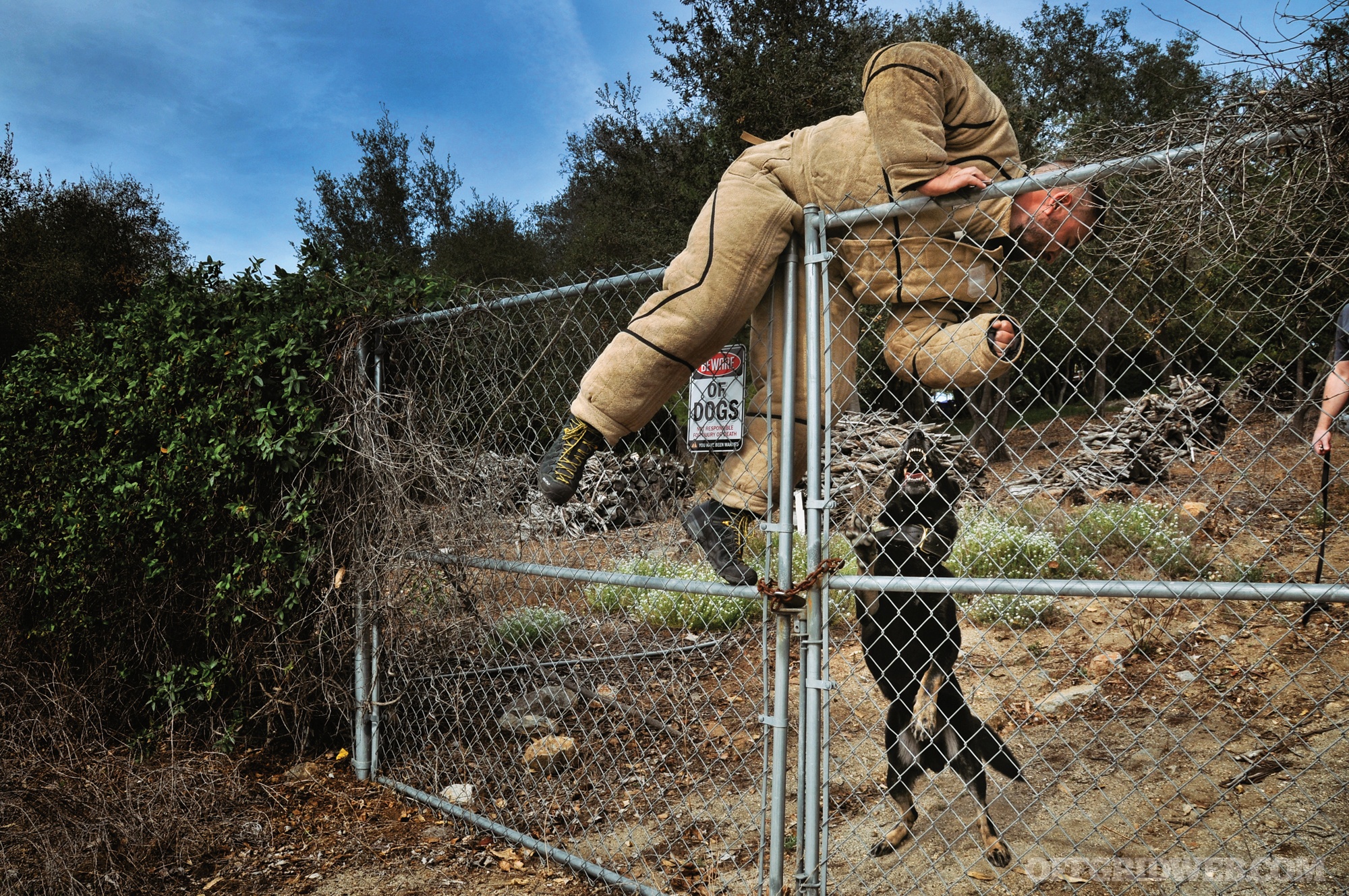
Above: People with a great deal of discretionary income, VIPs who are easy targets, and celebrities who have stalkers may want a perimeter/security dog because they require additional layers of security.
What to Expect in Owning One
A good protection dog kennel will have a maintenance program of training to perform in conjunction with a trainer that’ll be contracted for the life of the dog. As people’s lives change, they can review contractual parameters to see what adjustments need to be made to the dog’s progress and ongoing education.
As for travel accommodations, considerations about weather and preventing injury should be made. Dogs don’t sweat and can overheat easily if left in a car, and in some states it’s illegal to leave them in a vehicle unattended. Speak with the kennel about options for harnesses, screens, and other methods to keep them cool and protected while traveling.
These dogs are athletes. Sure, they may sleep most of the day, but they want and need an effective training plan that takes a good amount of time. How many folks actually exercise their dogs? Unfortunately, not many. Hanging out in the backyard or walking around the farm or neighborhood isn’t an exercise program, especially for dogs of this caliber. Expect activities to range from throwing the ball for sprints, swimming, and long runs with a bike at least 45 minutes per day. While a 1-mile run might be a lot for you, it’s really just a warm-up for dogs like this. A combination of endurance exercises that’s part of your daily routine will keep these dogs operating at their intended level of performance. If you’re a couch potato, dogs like this aren’t for you.
Home and yard size are also common concerns. I don’t believe either is that important. Although others may have differing opinions, I’m fine with a working dog of any kind in a small condo with no yard — it’s incumbent on the owner to get the dog out and provide training and exercise. As stated earlier, backyards aren’t for exercise. Most dogs do their “business” (potty breaks) there, but when not engaged in activity they may become restless, destructive, and tear up things they shouldn’t. And when they’re not laying around, expect that they’ll beg to come inside and interact with their “pack.”
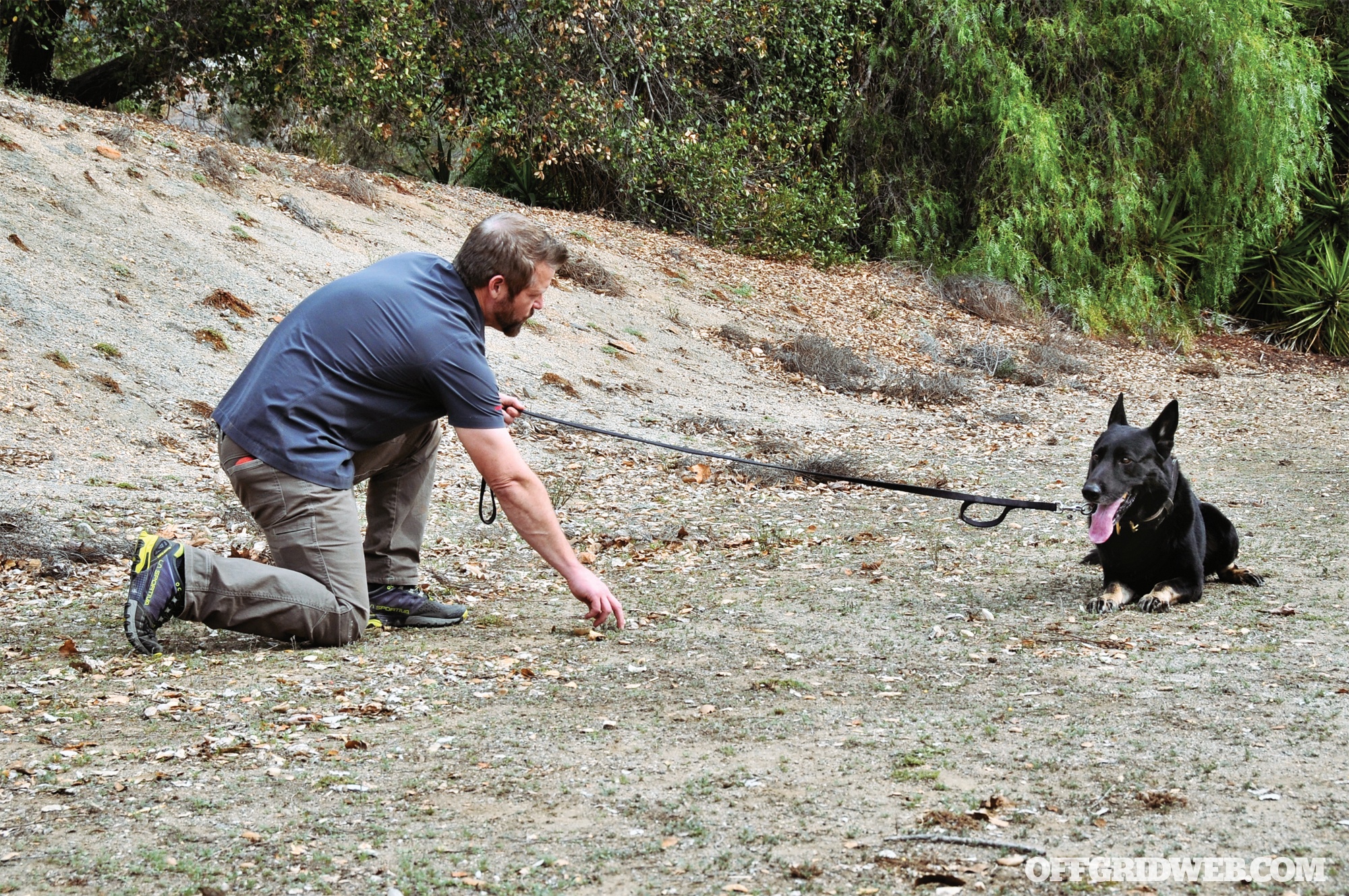
Above: One of the most important parts of training a protection dog is pairing it with the right owner. Don’t assume your dog will respect you if your training and behavior is inconsistent.
Speaking of packs, dogs are very much pack animals. That doesn’t mean they can’t be on their own at all; however, they crave attention and involvement with their human family. When clients describe a lifestyle where a dog would be by itself most of the time, they need to convince me they’re willing to change this or I encourage them not to get a dog at all.
I’ve had a few occasions where clients didn’t check with their homeowner’s insurance, homeowner’s association, and/or city and county regulations on what breeds and size of dogs are allowed. Some of them were able to work it out, while others weren’t. It’s always better to know the rules and regulations up front. On a rare occasion I’ve had customers who’ve had issues with their neighbors over their new protection dog. Never, as long as all the other regulations are met, has this prevented them from keeping the dog. You’re in the best position to know if this might become an issue that you should work out up front. Most importantly, each person should investigate local and state laws before obtaining a protection dog, as there are thousands that are all different and change periodically.
As with firearms or cars, liability insurance is recommended to own dogs of this type. With more training for a specific purpose comes more liability. If it’s trained to bite, you should make sure people aren’t wrongfully bitten. This is your pet; therefore, it’s your responsibility to have risk mitigations.
As we’ve already described, the physical workload and responsibilities are robust — dogs of this kind aren’t cheap to care for properly. It’s quite simply a supply and demand issue. If there were naturally protective, healthy, social, environmentally sound, gunfire-neutral, animal-neutral, healthy, happy animals just sitting around then everyone would have one. The fact is they’re very, very hard to raise or come by at any cost. It’s sad, but when someone tells me they got a great deal on a high-end protection dog, I politely cringe and wish for the best. In over 28 years, I haven’t seen this often.
Selecting Your Dog

Certain breeds are genetically predisposed to do the protection and guard work we’re talking about. Breeds such as the German Shepherd, Belgian Malinois, Rottweiler, Boxer, Doberman Pinscher, Giant Schnauzer, Bouvier, Mastiff, Beauceron, and many more do a great job. There isn’t one breed that’s the best per se, and within all the breeds we find great, good, and bad examples. It goes back to selecting the correct personality and drives for the particular job, which a trainer or breeder can work with you on. There’s always personal preference, size, coat type, grooming needs, and other considerations unique to each individual that play a part as well.
Each breed has genetic flaws that should be researched and evaluated prior to purchasing a dog. Sit down, decide what you want the dog to do, call the kennel or trainers, and talk it out. Get a feel for whether or not they can provide what you’re looking for. If you decide to get a puppy, ask to see the parents of that dog to get an idea of what to expect. If mom and dad are what you’re looking for, ask about their medical background. It’s important to see proof that your potential dog has a good skeletal system, good hips, clean spine, and good elbows from credible entities, such as the Orthopedic Foundation for Animals or PennHIP. Also ask for personal references. Getting a deal is nothing compared to living with a dog for 10 to 15 years that may be fraught with health complications because you skimped on research and cost up front.
All dog breeds have certain health issues; some have more than others. Research a breed’s potential genetic issues so you can approach a breeder well-informed on what to ask about. You should have a guarantee from your breeder that warranties a good skeletal system and against diseases it’s prone to. Ideally, if your dog experiences these health problems or skeletal issues in the first two years of its life, you should be able get your money back or a replacement puppy.

Above: Speak to your breeder about what health guarantees they offer.
Most of us love the idea of getting a dog from a shelter. Saving these dogs’ lives and giving them a forever home is great. Sadly, in most cases the shelter/rescue dogs are not genetically made, nor are they raised for, working environments. They unfortunately have a low success rate to be trained as protection dogs. It can happen, but the percentage is low. If you’re looking to save money, this isn’t the way to go. However, the success rate goes up with appropriate expectations. For example, if you only need a dog to be healthy, happy, social, and just be an alert dog, the odds of finding one in a shelter certainly increase.
The types of dog I avoid for personal protection, and in general, are ones that are overly aggressive and protective, nervous, prone to any fear aggression, impulsively edgy, equipment-fixated (bite sleeves, etc.), shy, and/or defensive. I also stay away from dogs with known health issues, especially genetic ones.
Training
To find a qualified trainer, word of mouth is best. You can search online and look at social media, but just about anything can be misrepresented there. I’d never buy a dog of any kind sight unseen, unless I’ve personally worked with someone for years and fully trust them for all things considered. I always recommend meeting the trainers in person, checking out the facilities, and seeing the dogs in person. Find a company that has years of full-time work in this field, a good reputation, and a track record of quality. Like survival training, dog training is very unregulated and anybody
can be a professional dog trainer. Look for someone who’s certified as a dog trainer with reputable entities, such as government agencies, and ensure their company is licensed with the city. Call their references and the organizations that they’re certified by to vet them thoroughly.
In general, expect to spend two to three days with a trainer and the new dog, with some follow-up training once every month for up to a year and at least a quarterly maintenance update as a minimum. Buy from someone who breeds dogs specifically for protection, not just someone who breeds dogs that are commonly used in protection. Select the right job for the dog, not the dog for the job. Breeders can often recommend trainers if they don’t offer training.
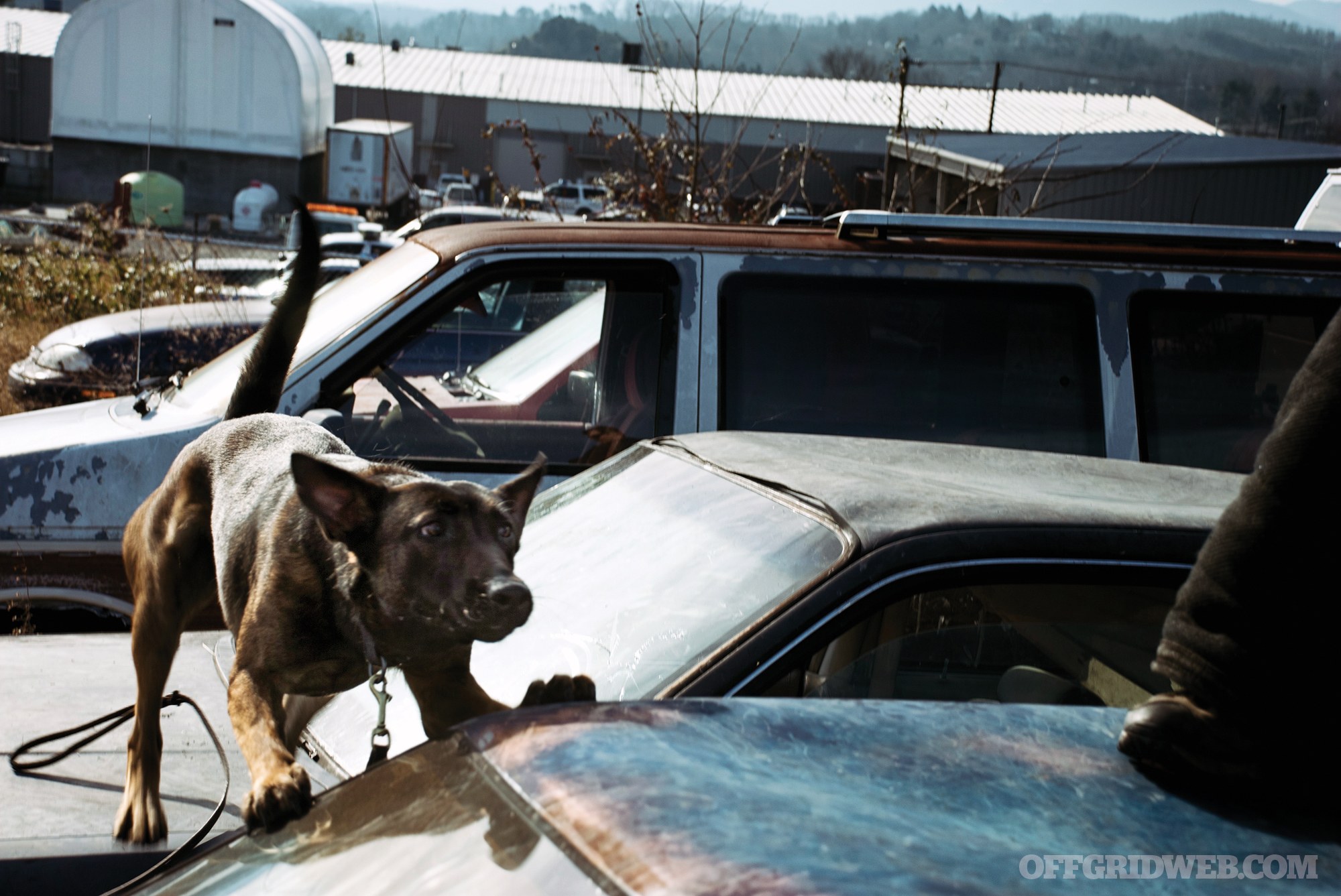
Above: Cobra Canine’s dogs have been used by law enforcement agencies and military units around the world.
Of course, with all animal training, especially a dog’s, the owner’s personality and desire to do the work is priceless. When I have dog owners with passion, determination, and the willingness to give 100 percent to making themselves a great dog team (dog and handler), I see great potential for success. Protection dog owners who get this type of dog because of a kneejerk reaction, who think it’s cool because the SEALs have Malinois, or who say, “My family needs this when I’m not at home, but I don’t need the training,” are typically putting themselves in a difficult situation.
Fact: I spend 75 percent of my effort working with humans, as the dog training comes fairly easily most of the time. Dogs, including police, military, and protection dogs, are all considered less- than-lethal. When a bite happens outside the home environment, one must be able to articulate a level of fear that’d justify the need for a trained protection dog to attack. Properly trained protection dogs should have training records that clearly show that the dogs understand certain levels of threat and how to respond with or without command. Also, the ability to turn a properly trained dog on and off is a must. I also like to do a certification that’s tested at least yearly, with paperwork and a video just for the worst-case scenario that we end up with a legal issue.
Conclusion
Then there’s the million-dollar, often emotional question of whether or not to send, put, or allow your dog into a potentially life-threating situation. The answer is tough and, with so many variables, can never really be answered until the moment of truth. Fortunately, in the personal-protection world, this doesn’t arise often. The emotions and investment of time and money will all certainly be a factor. However, life-threatening situations that put your protection dog at risk happen very quickly. Ideally, with training, you should be prepared long before they happen so your responses as a team are sharp. For me, I would need to see a clear picture that the dog has a high probability to save a human life or prevent an abduction before I’d utilize the asset — I have in the past, and would again if need be. To be clear, rarely will a dog do much good in a gunfight. You don’t need a high-end bullet catcher.
Protection dogs are best utilized as a deterrent. It’s hard to beat a good protection dog, as most criminals would much rather pick a home or fight without a dog involved. When they need to do the work, you should be clear on your level of expectation compared to the skill set of the dog. It’s likely if you’re in the market for a personal protection dog that you’ll need a professional to help in the process. It’s nearly impossible to learn how to be a qualified owner and handler from a book, article, or YouTube video. As with the dogs, there are probably more unqualified candidates than qualified. Carefully evaluating your own budget, lifestyle, and time to commit to ongoing training are paramount.
Source:
Cobra Canine – cobracanine.com
More From Issue 32
Don’t miss essential survival insights—sign up for Recoil Offgrid’s free newsletter today!
Read articles from the next issue of Recoil Offgrid: Issue 33
Read articles from the previous issue of Recoil Offgrid: Issue 31
Check out our other publications on the web: Recoil | Gun Digest | Blade | RecoilTV | RECOILtv (YouTube)
Editor’s Note: This article has been modified from its original version for the web.

